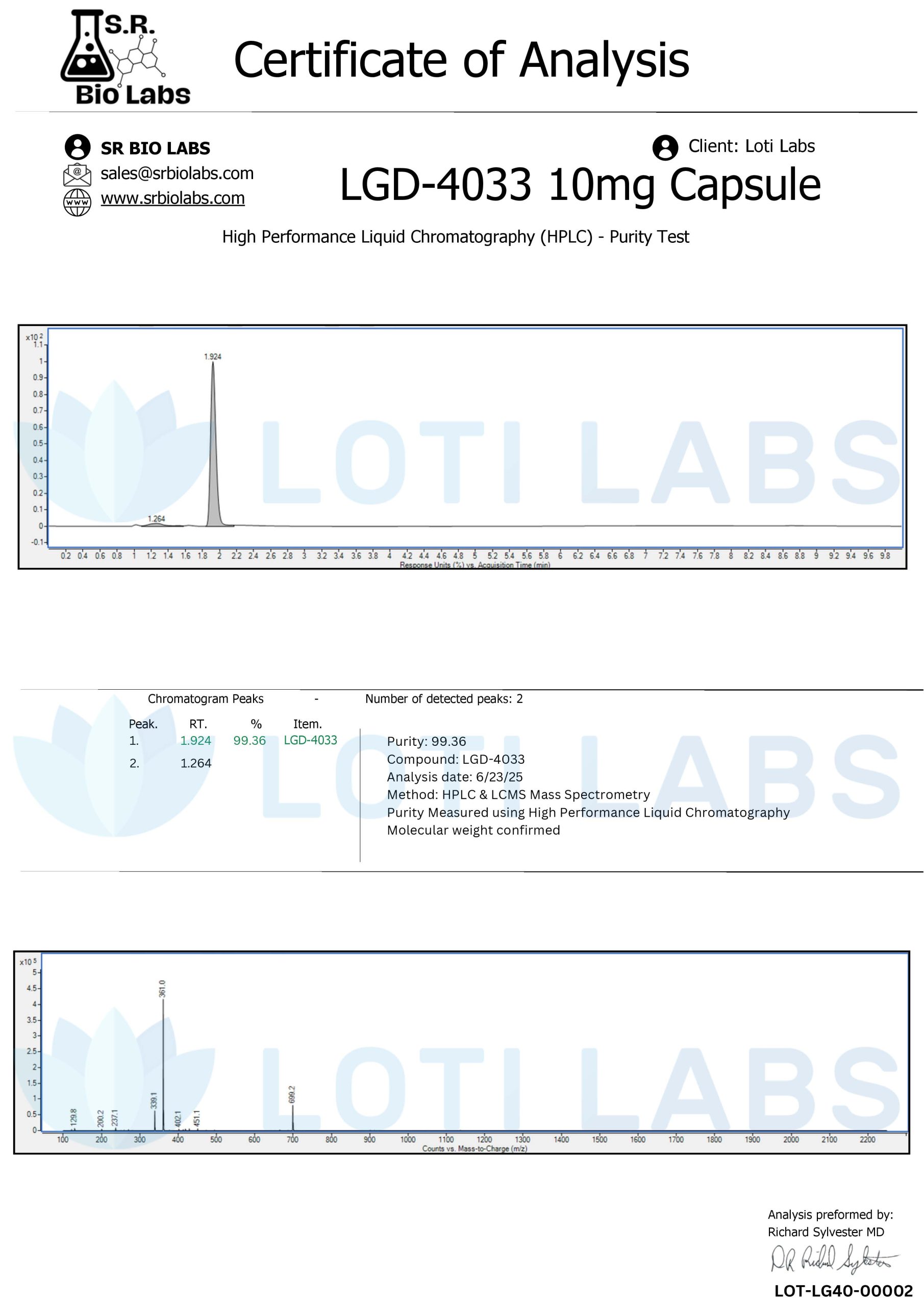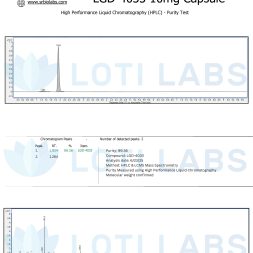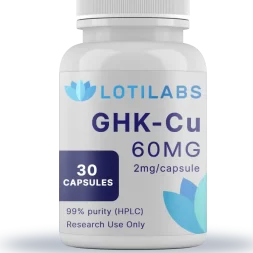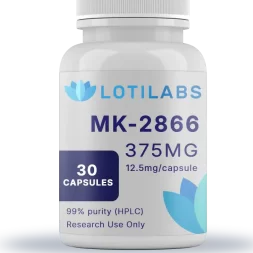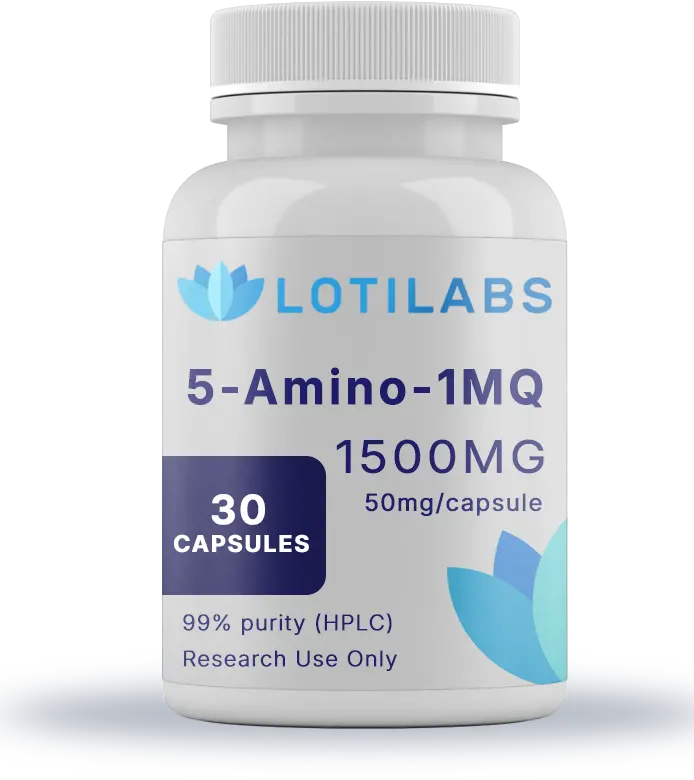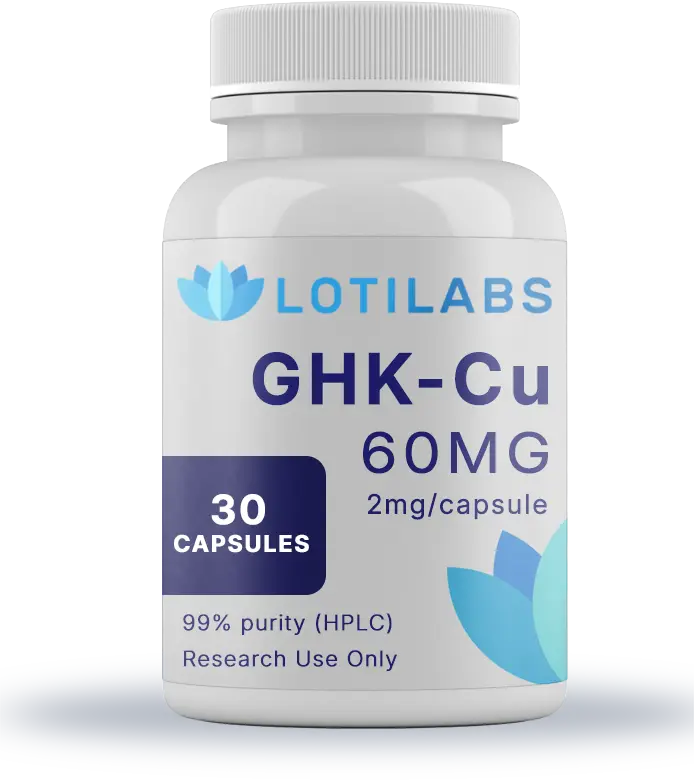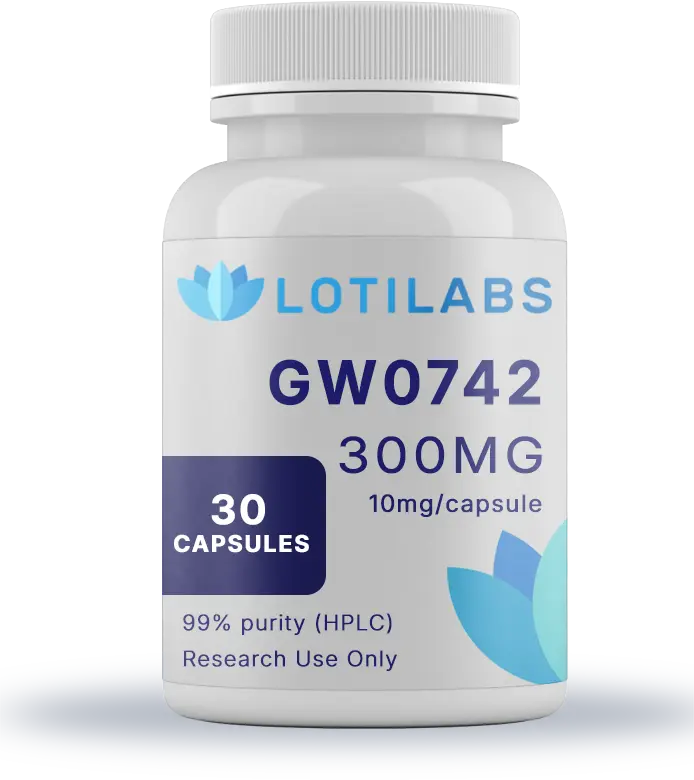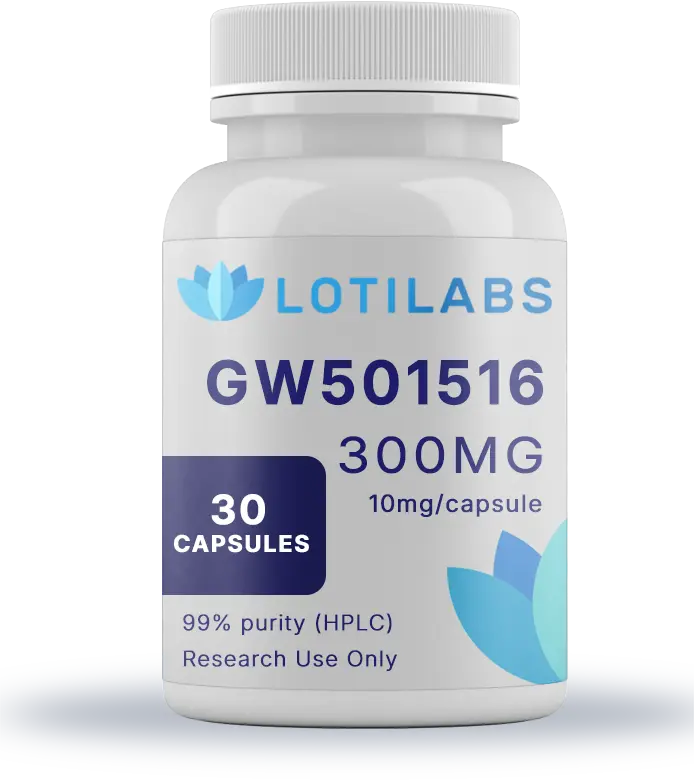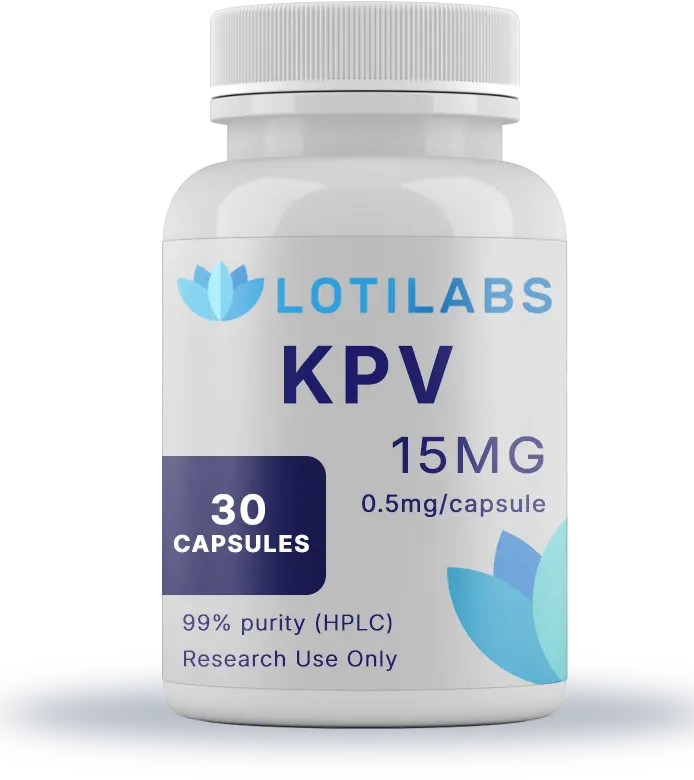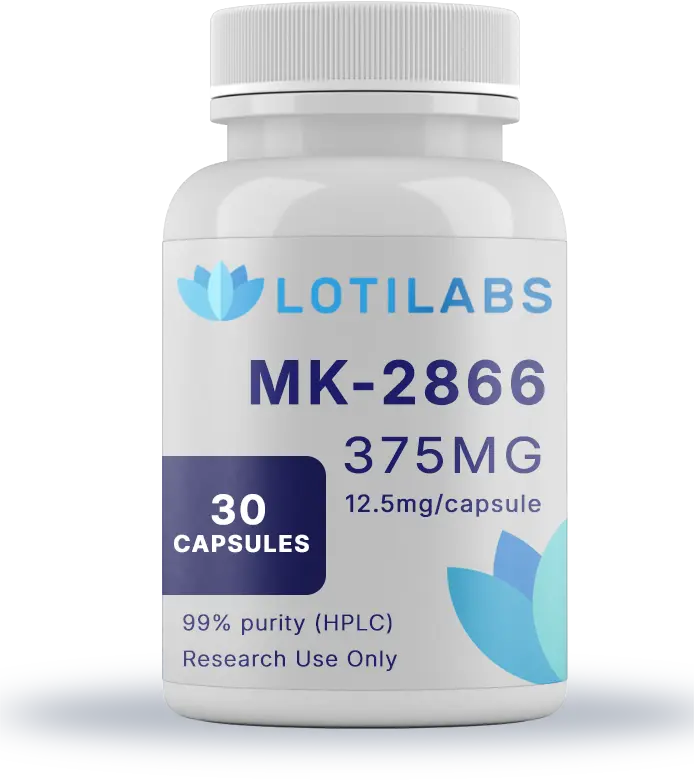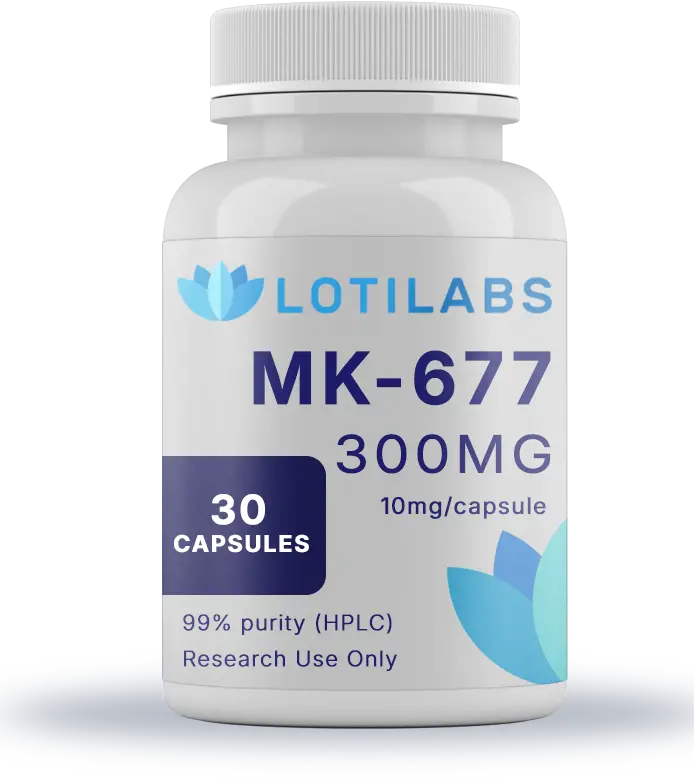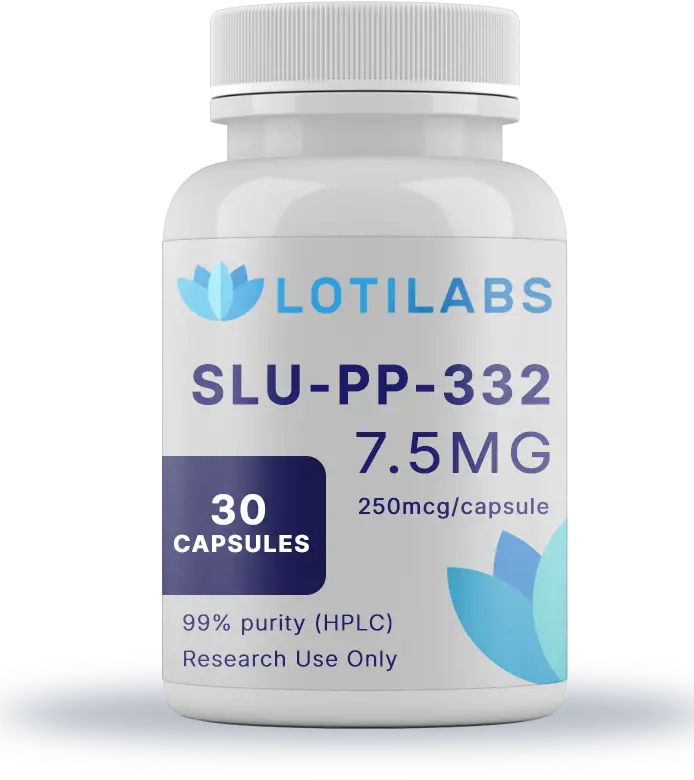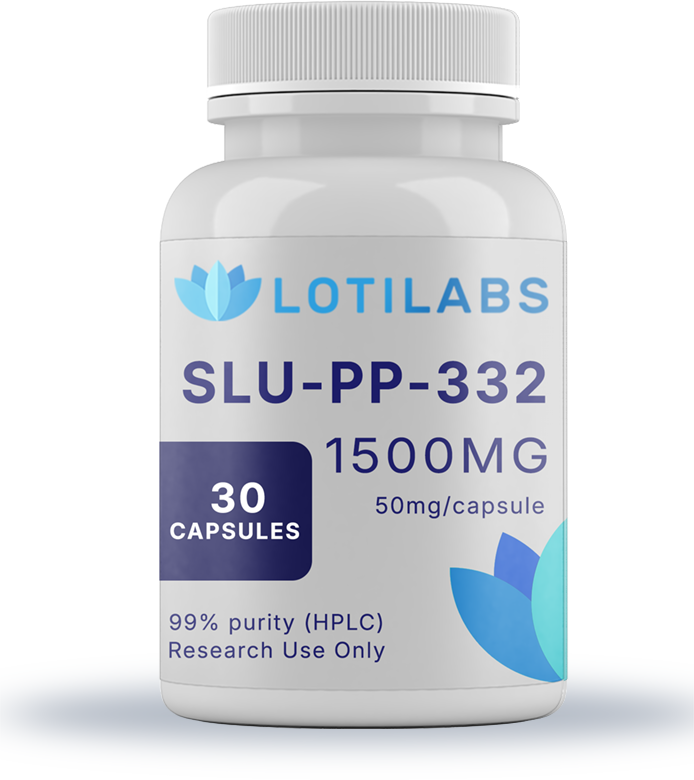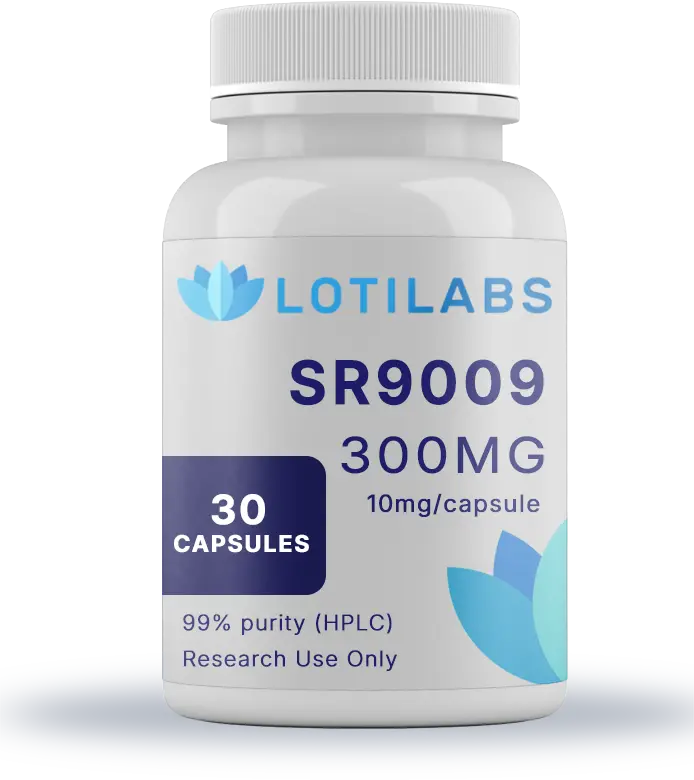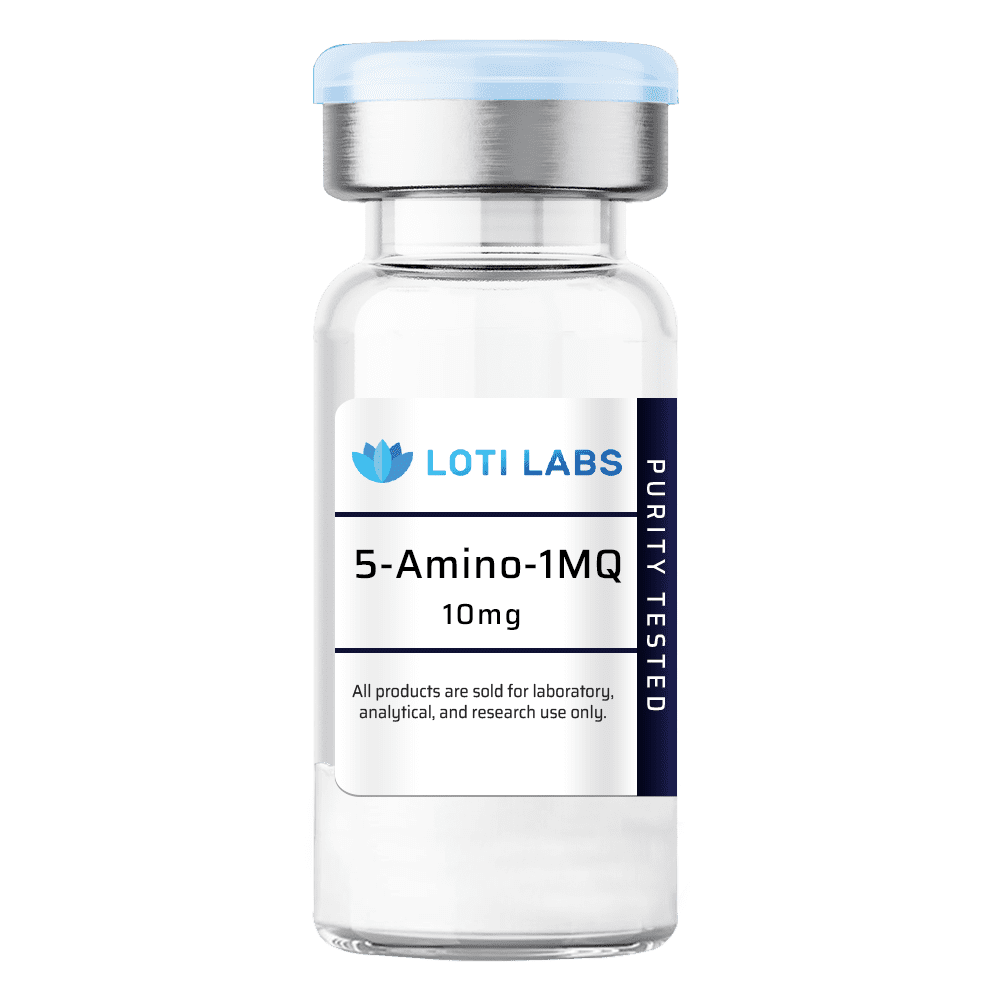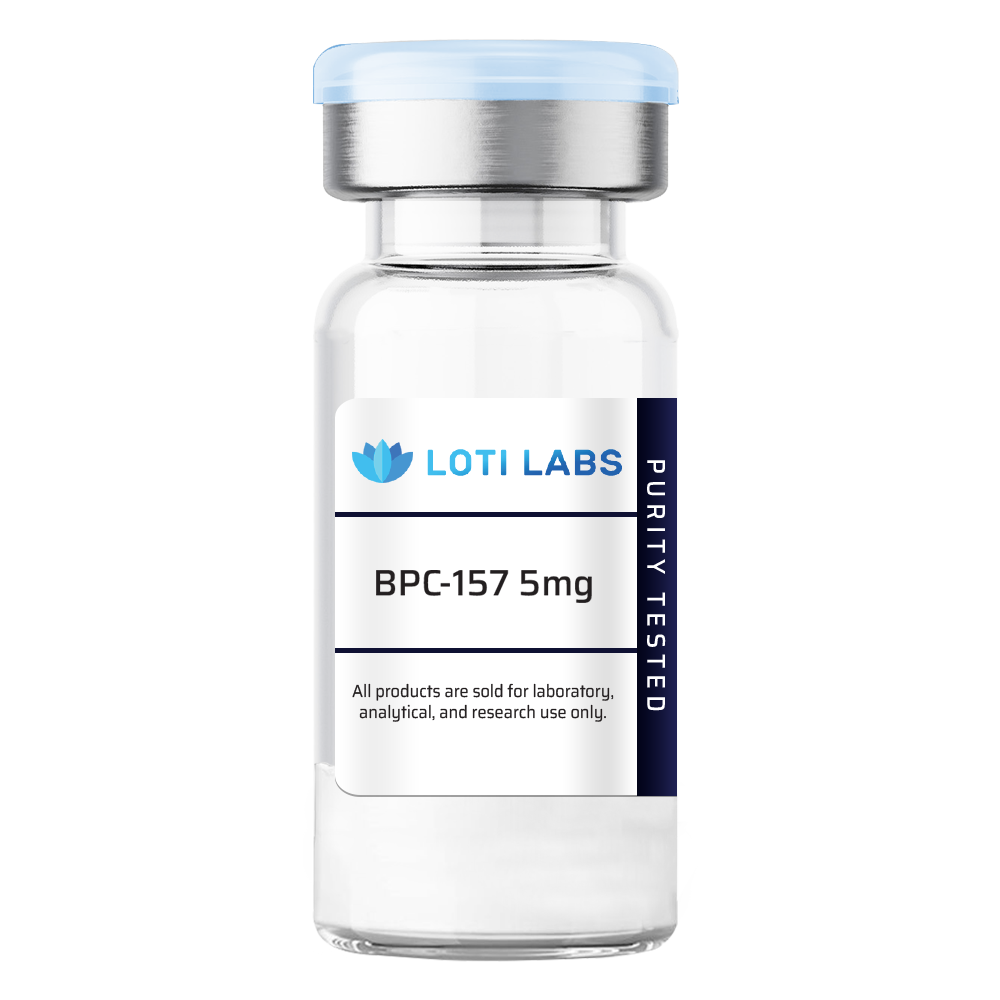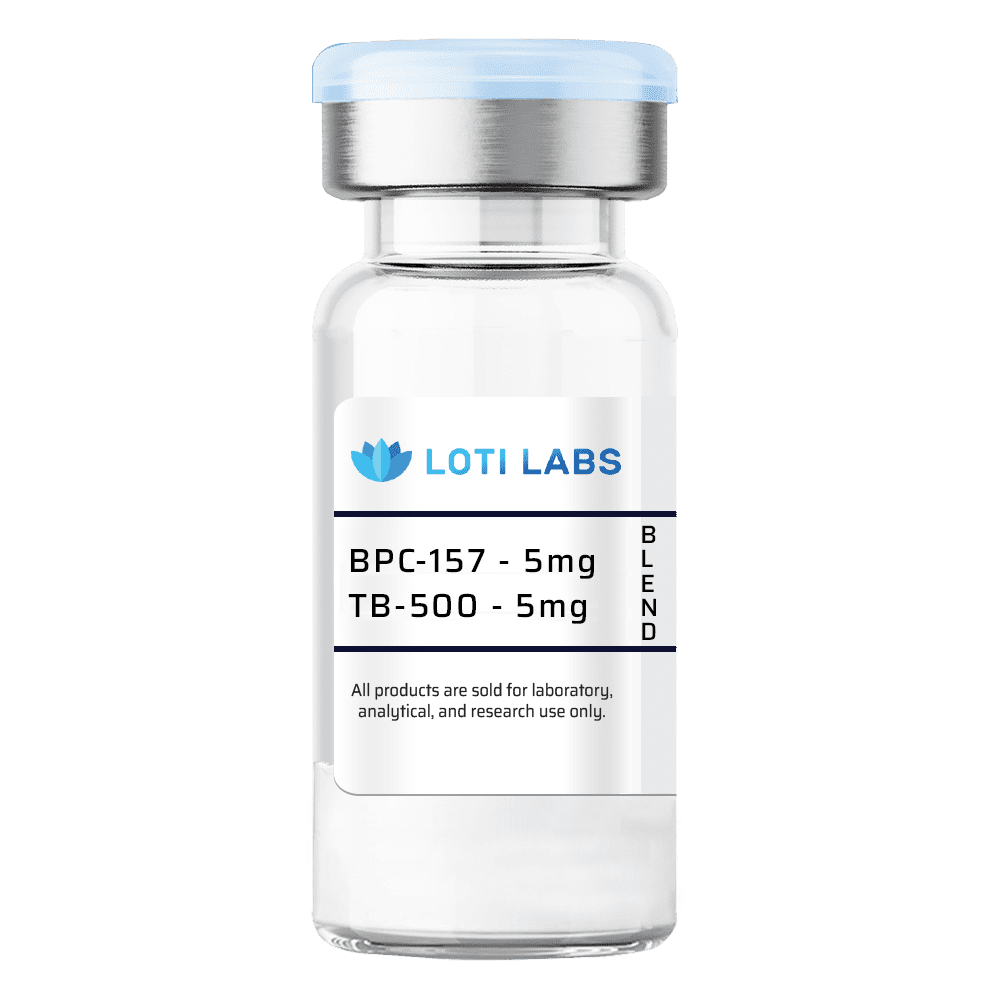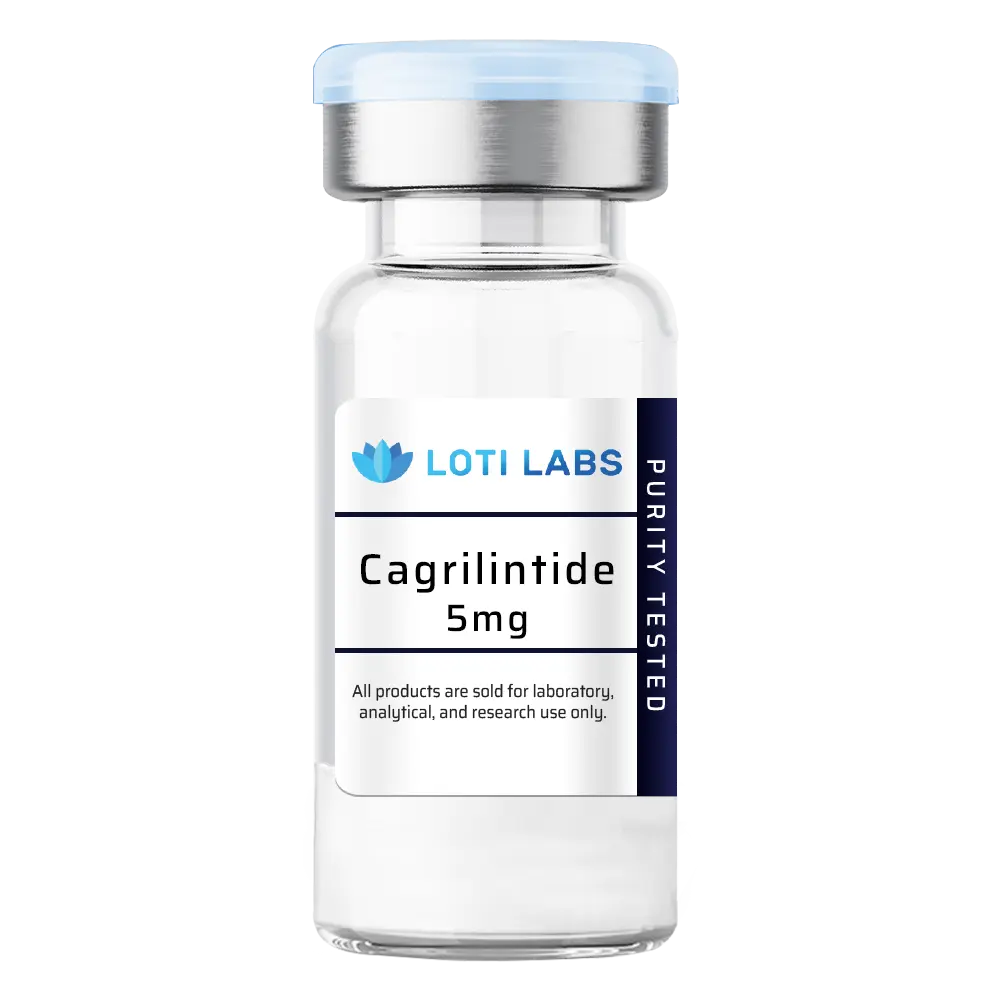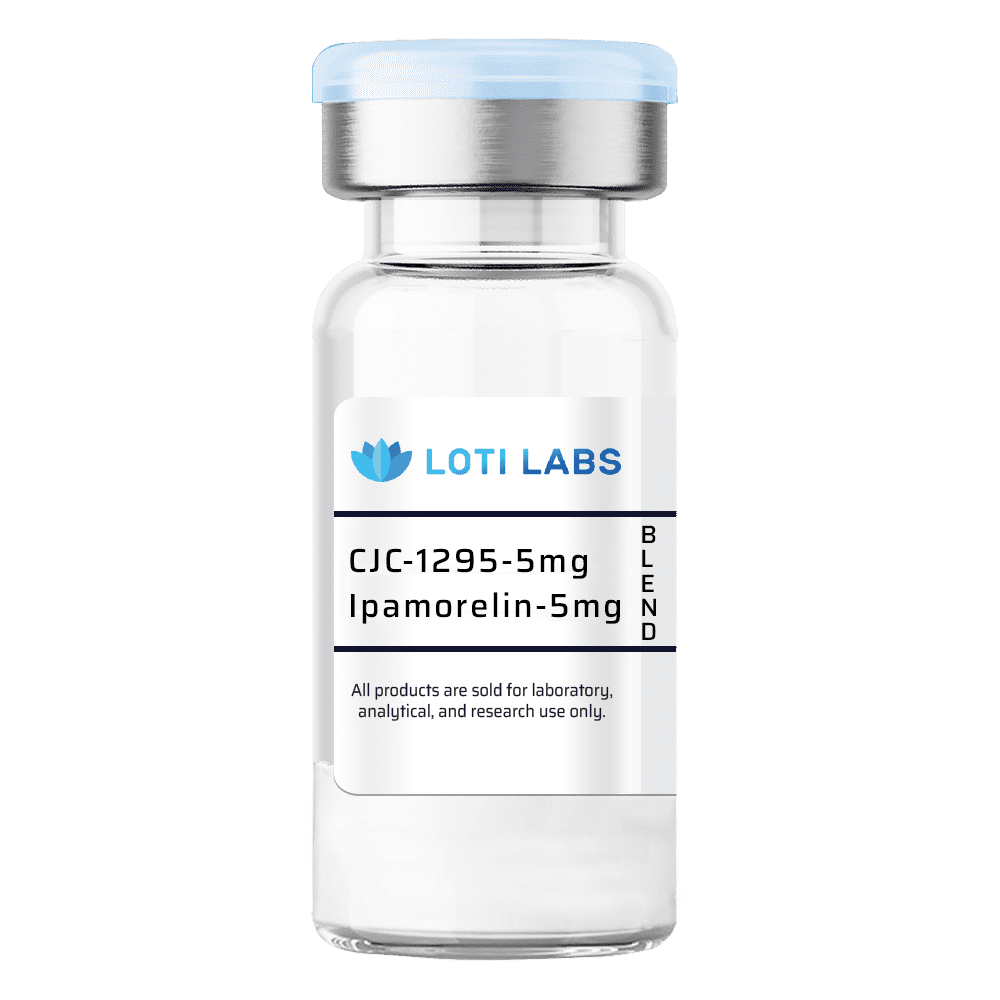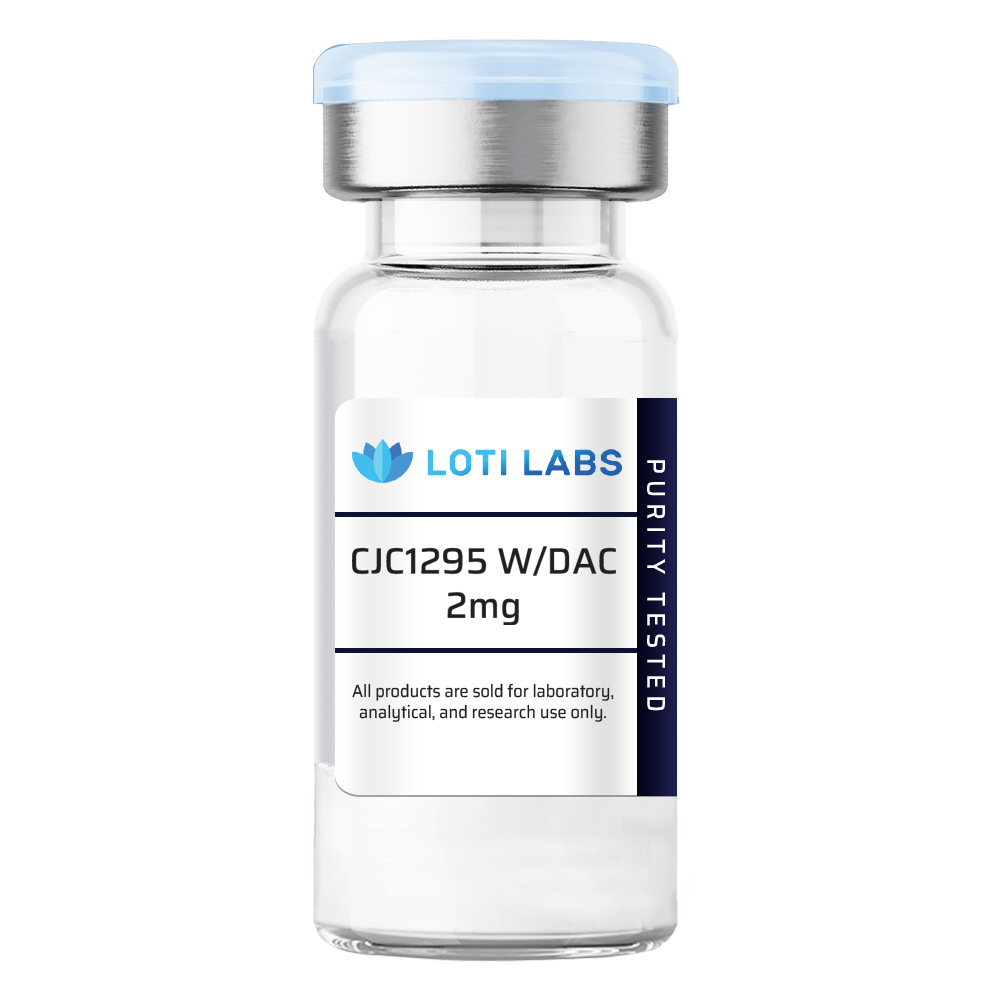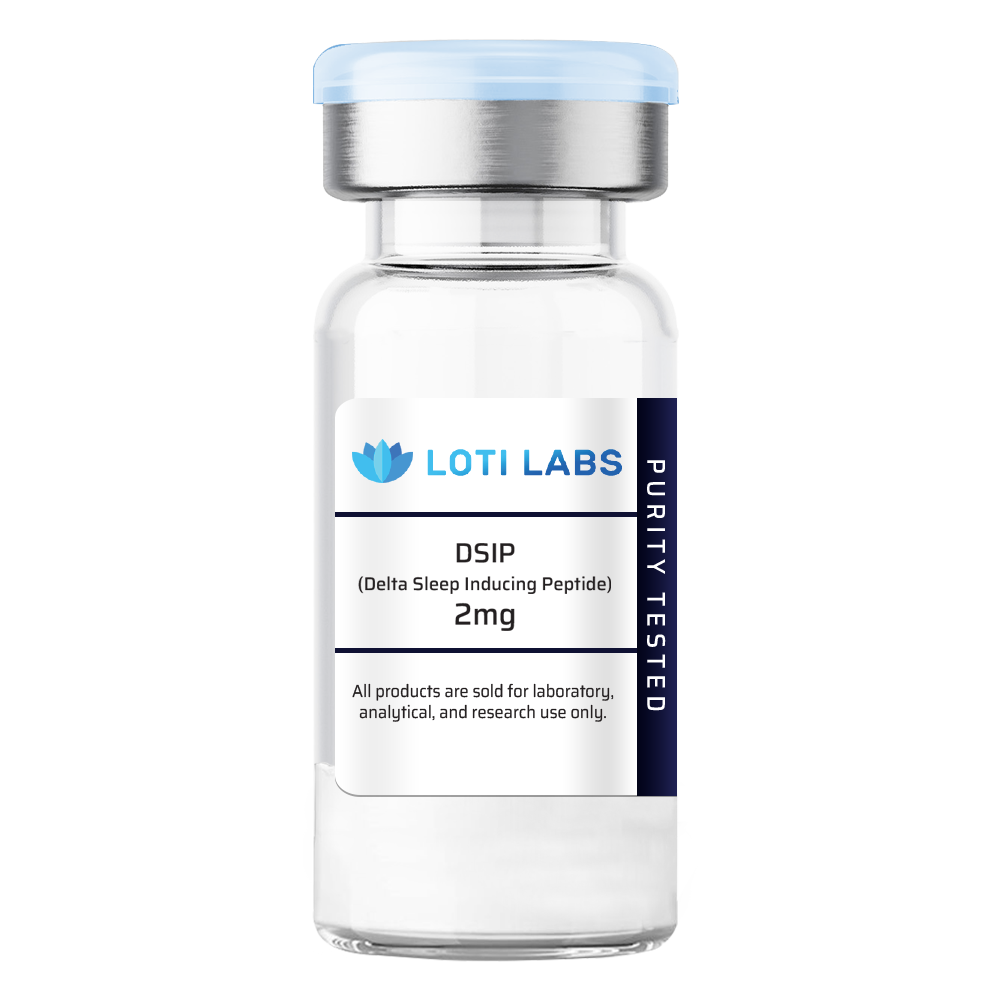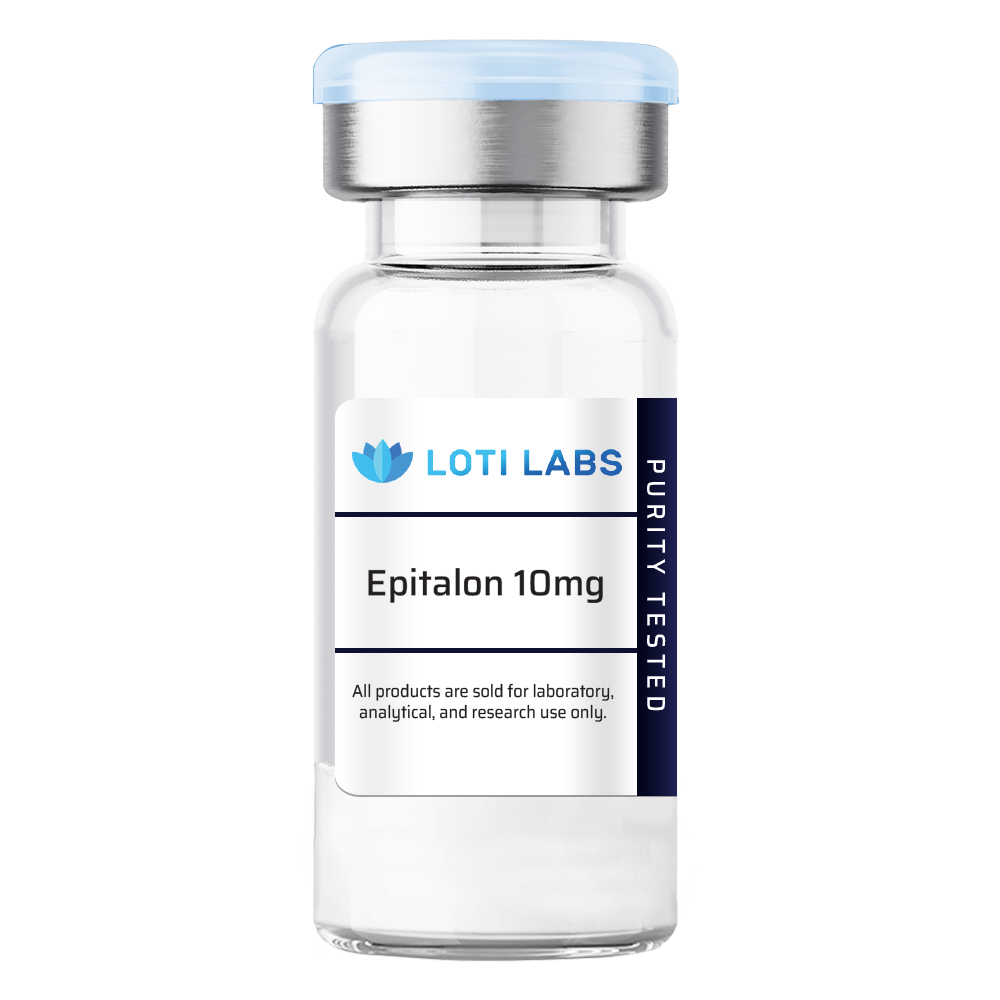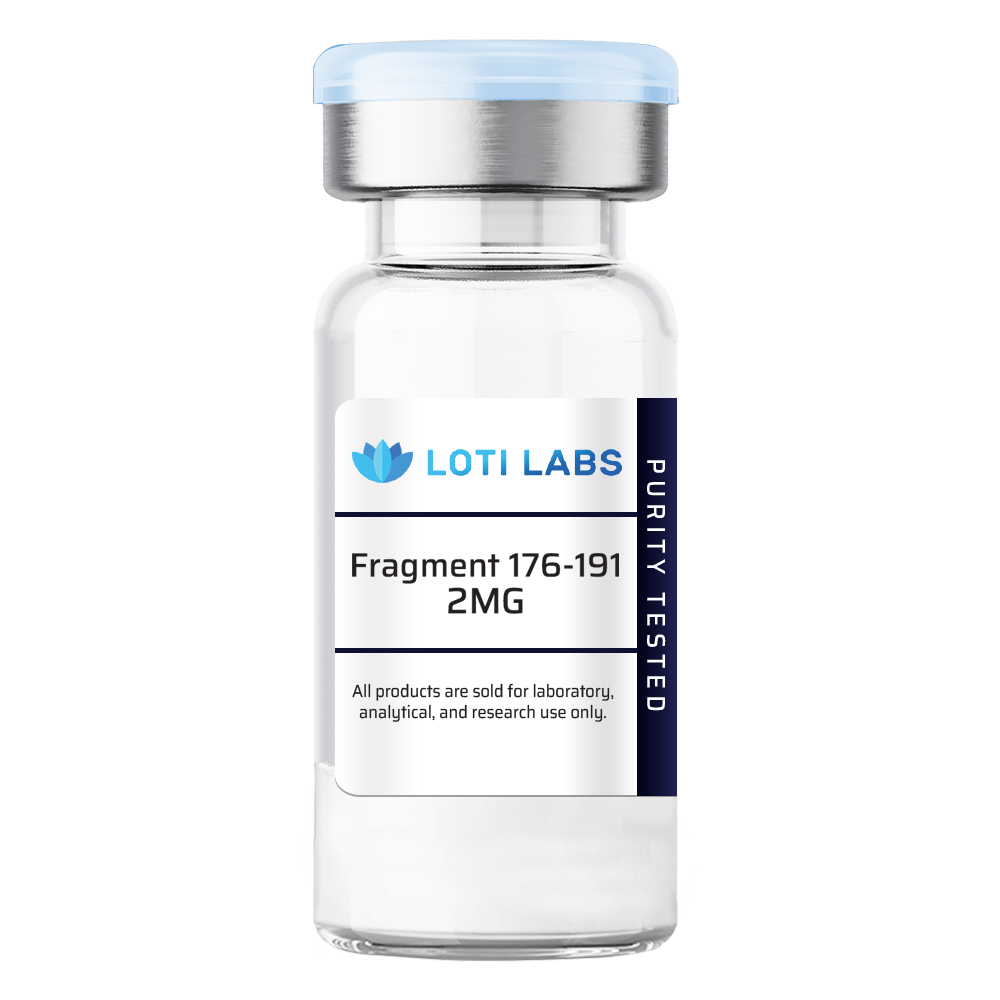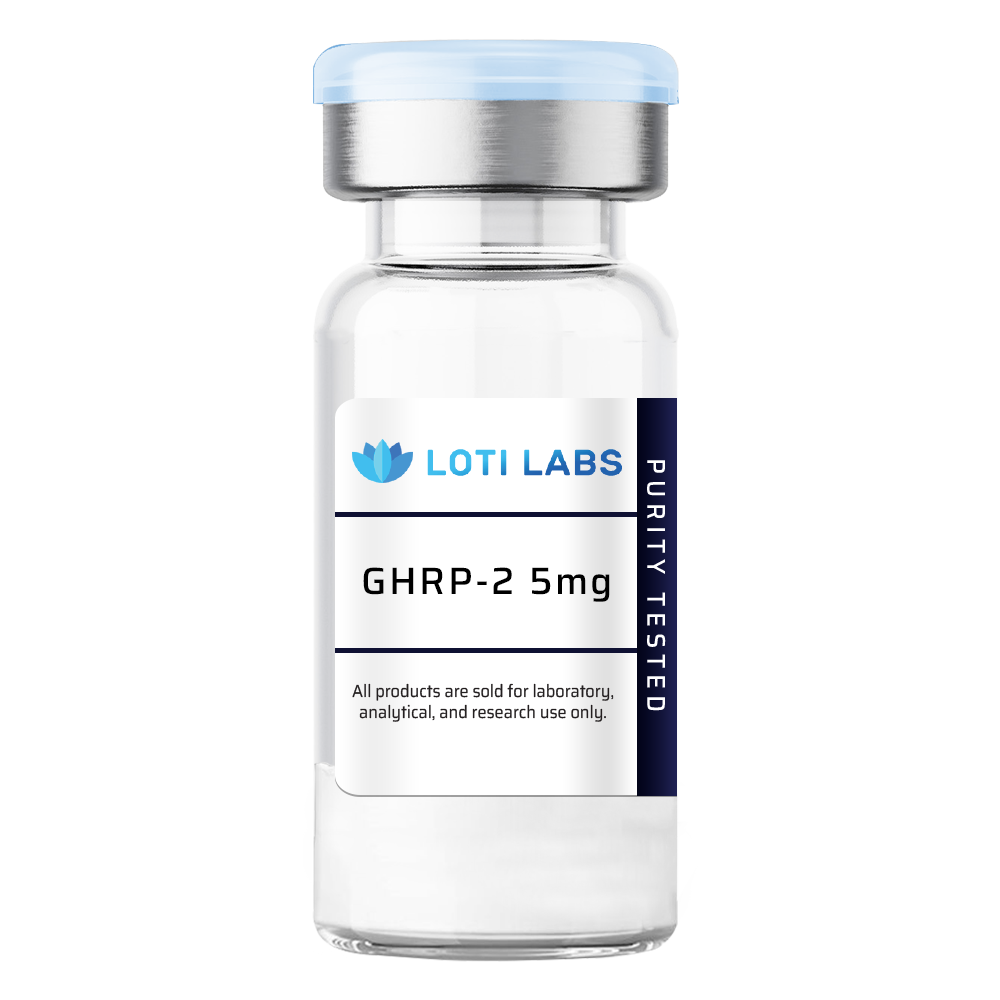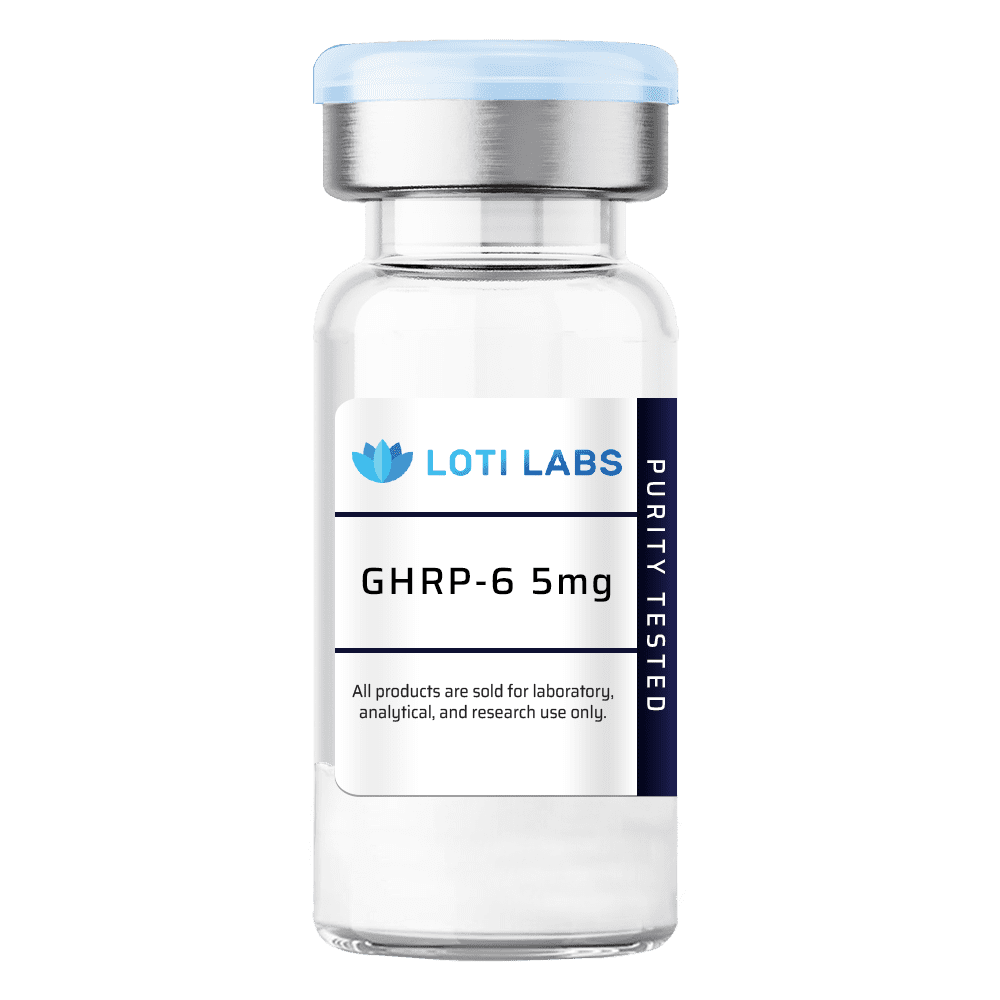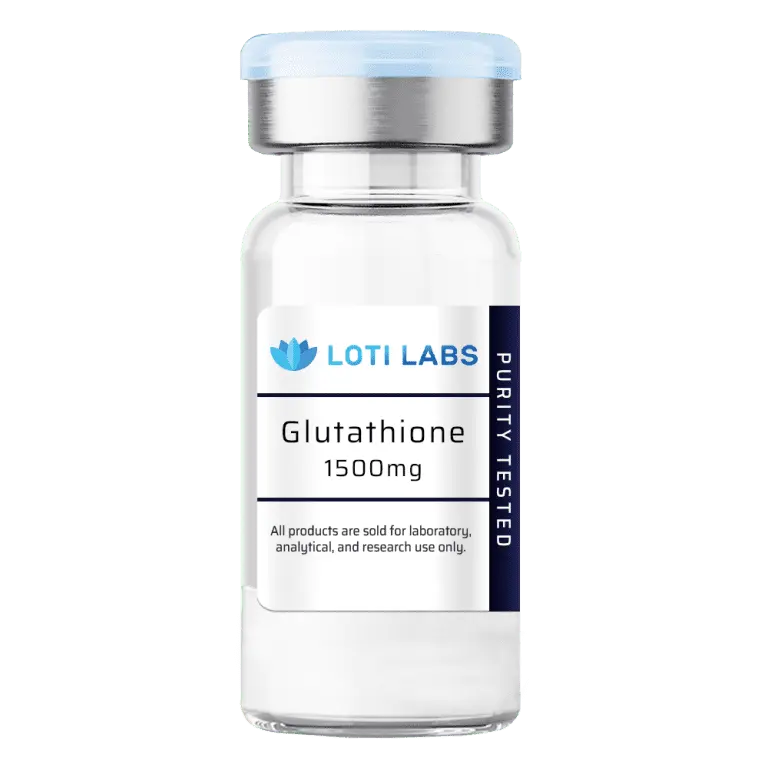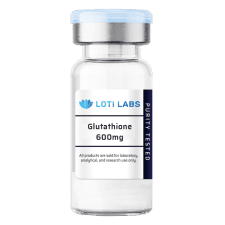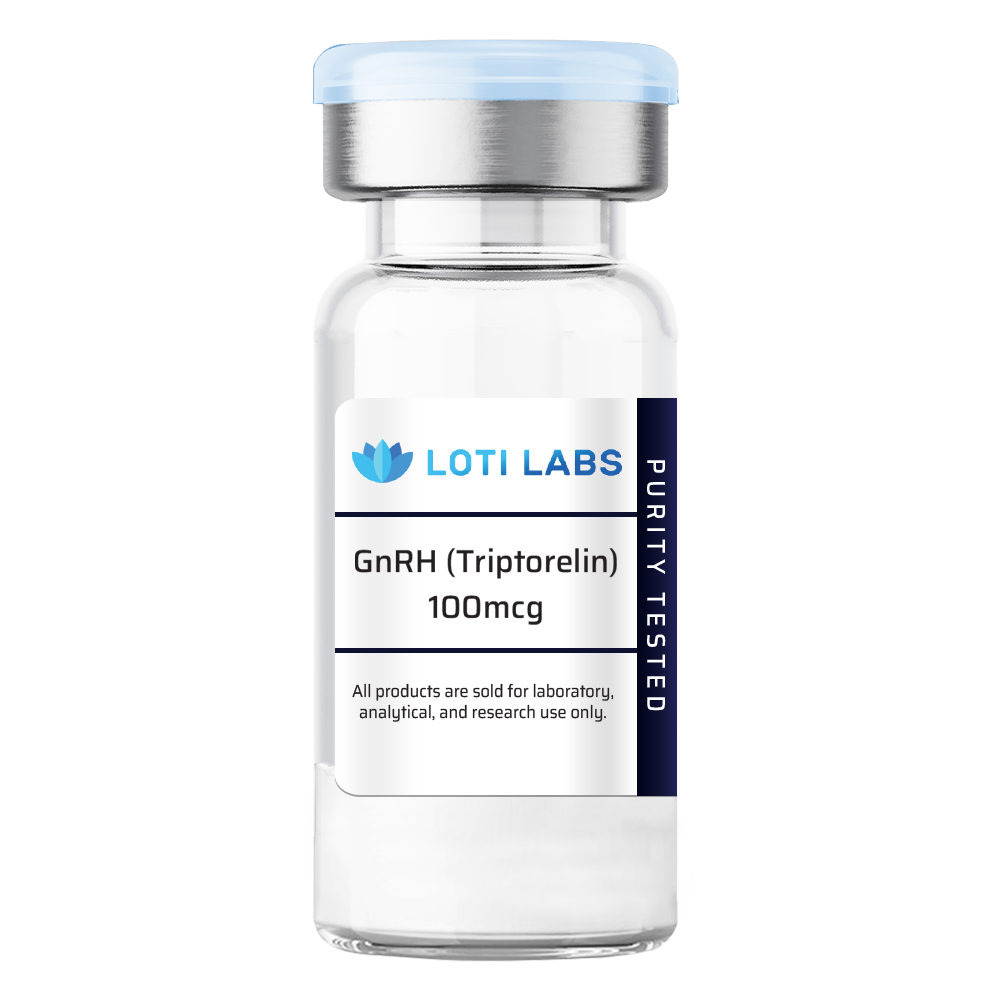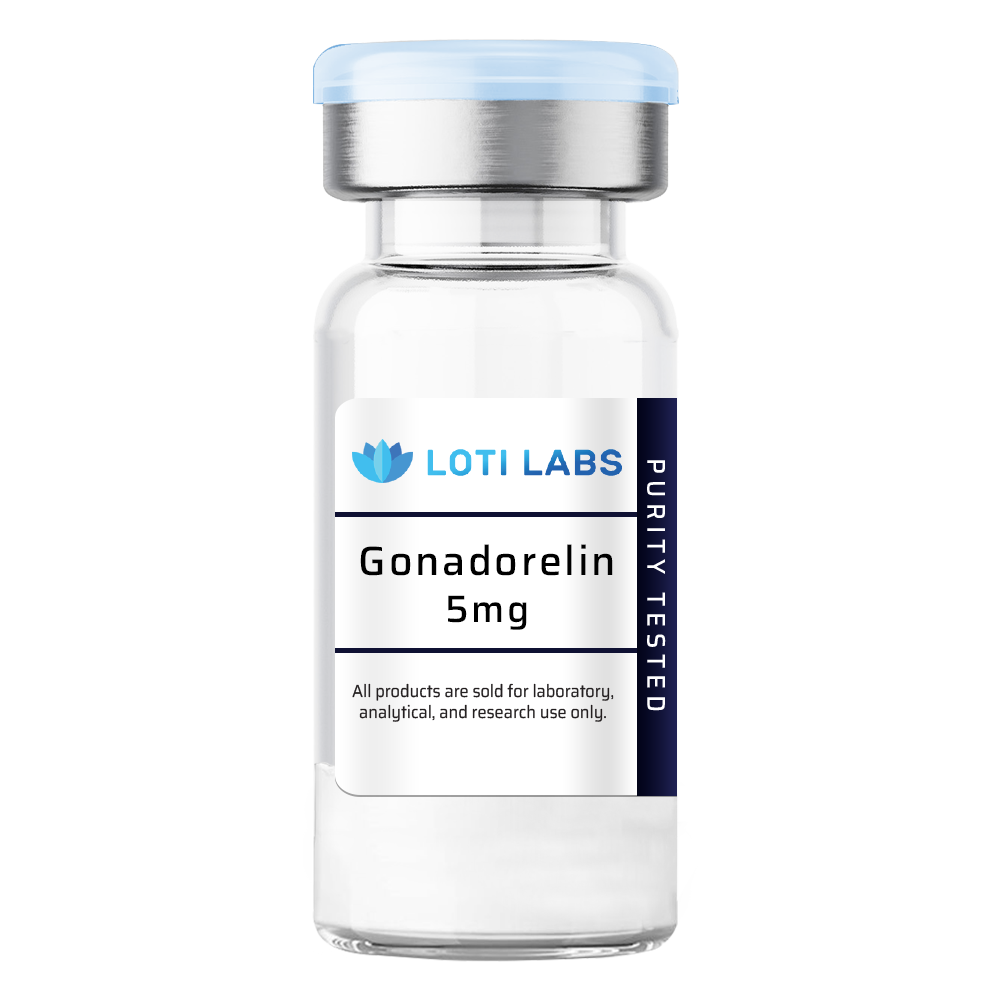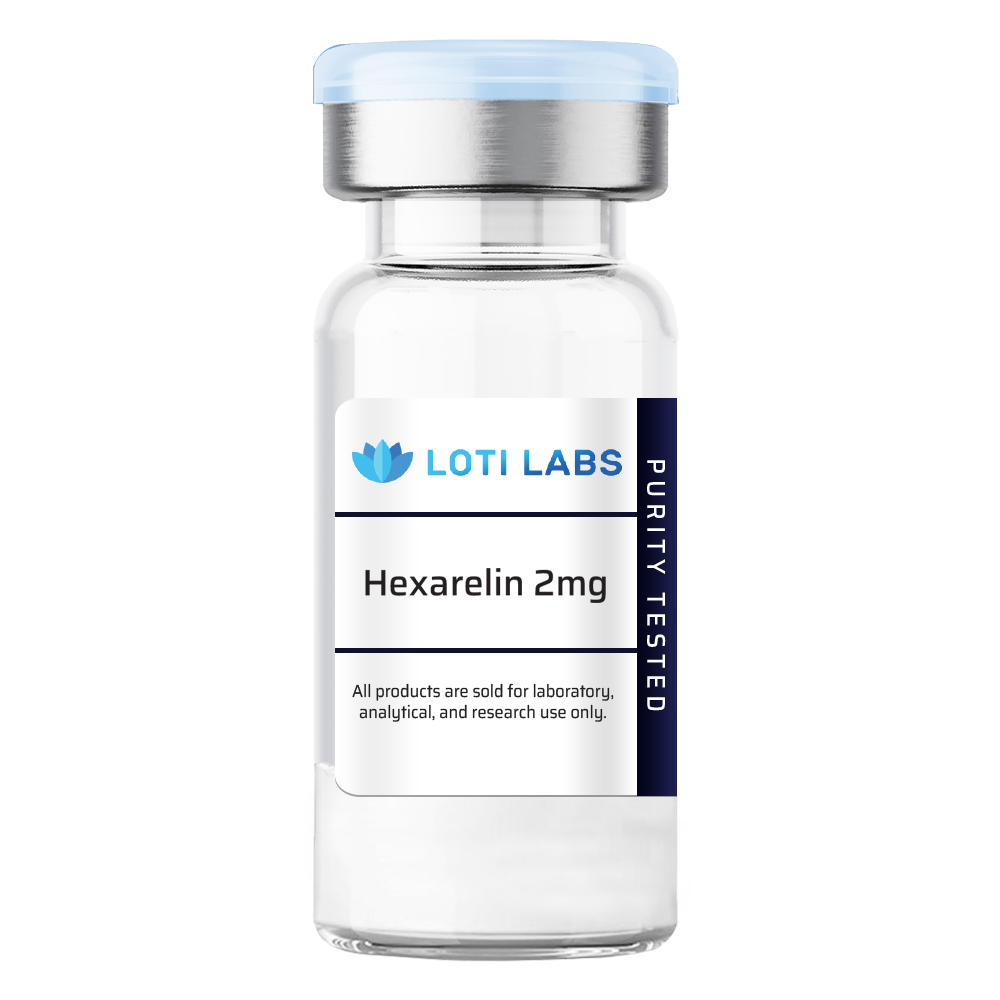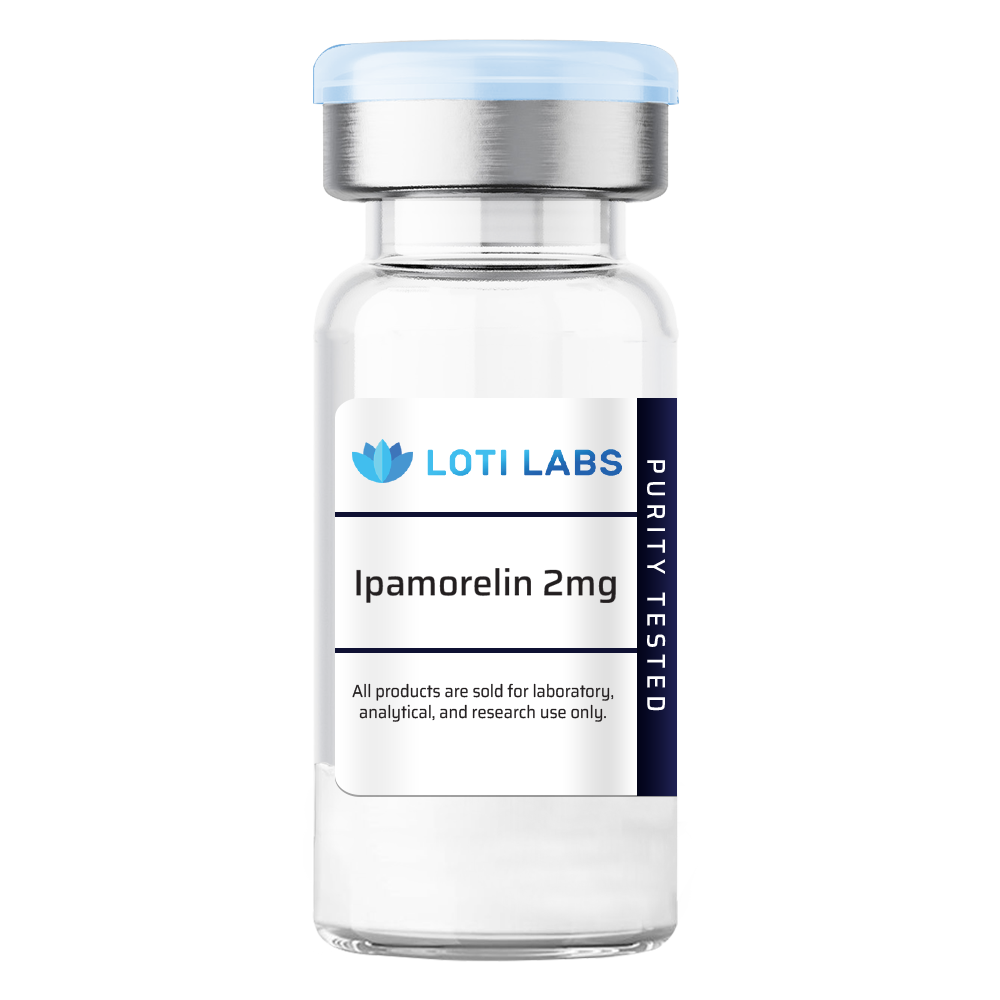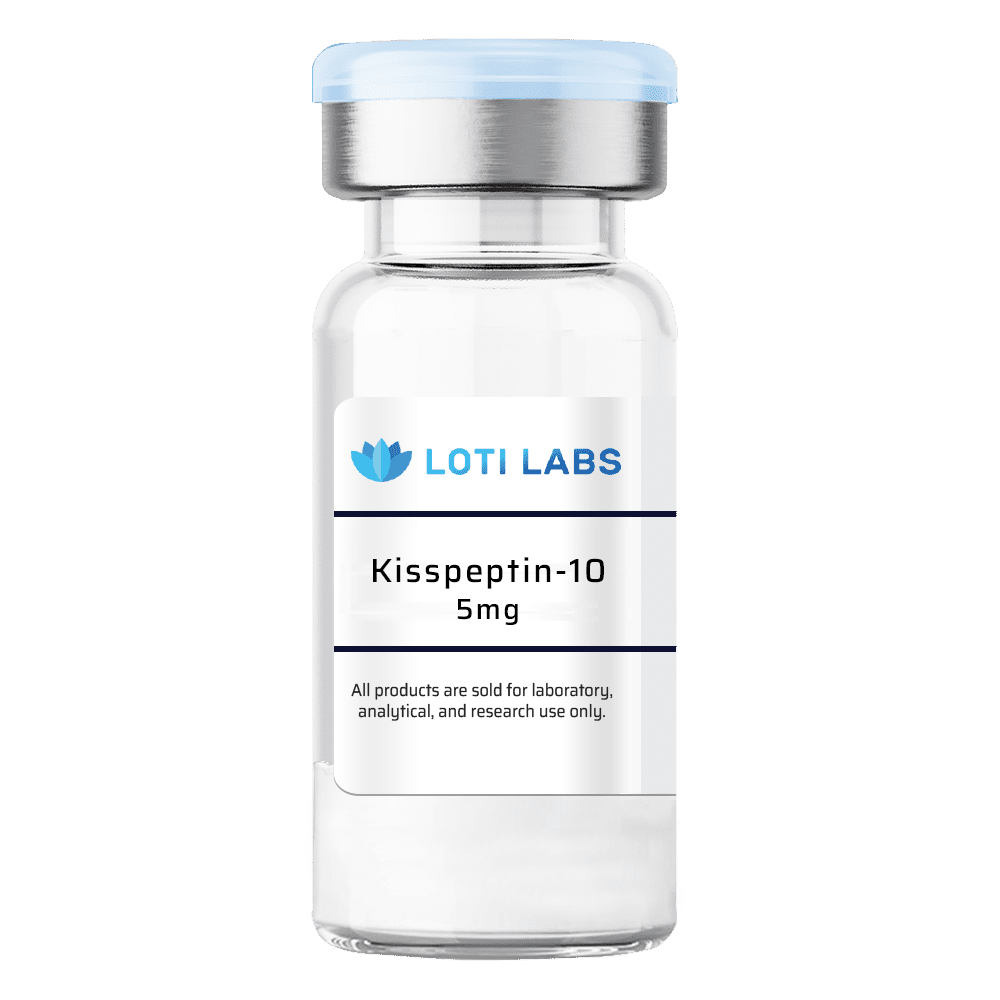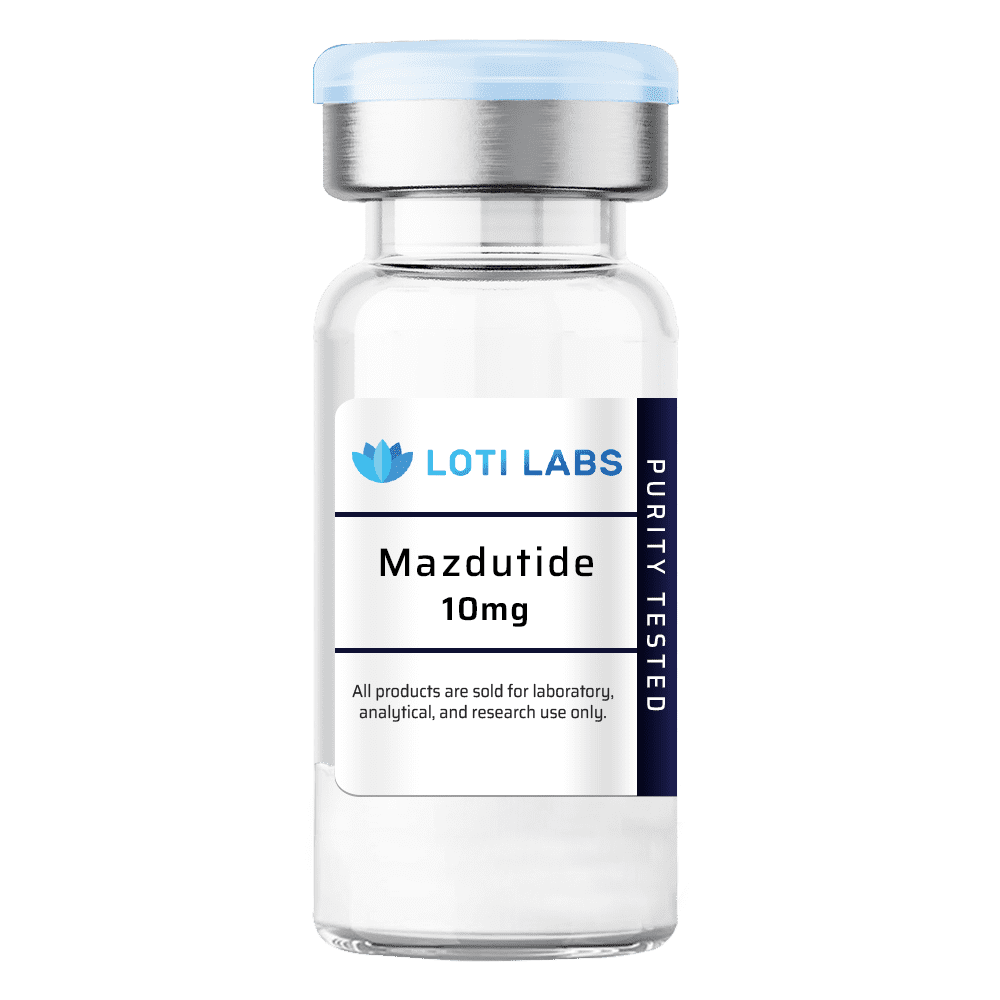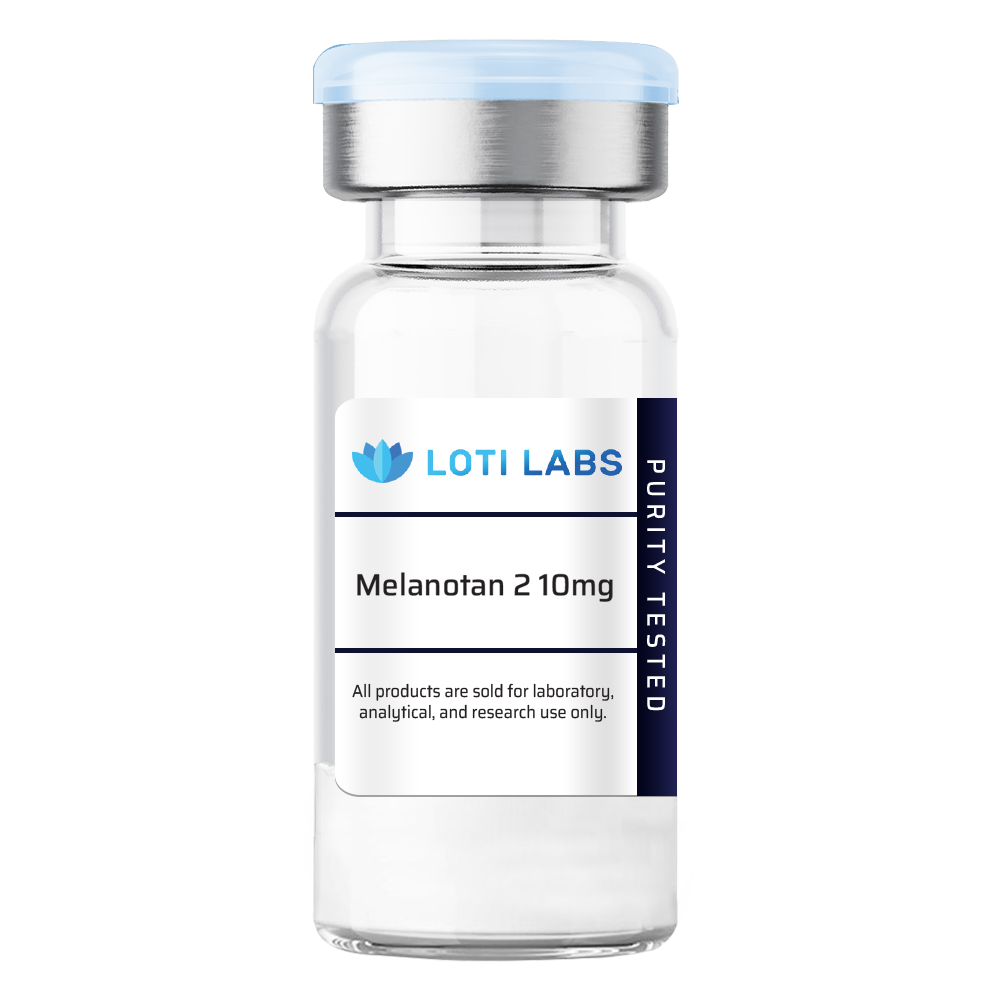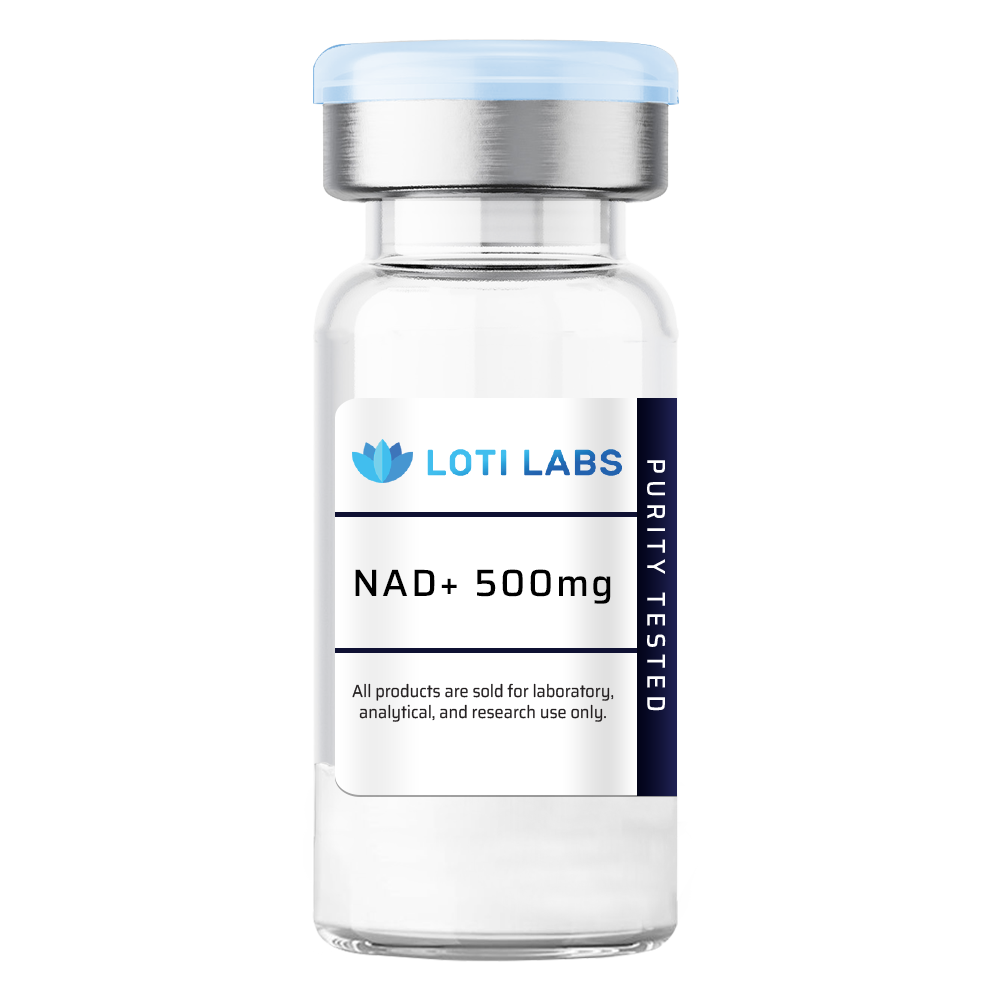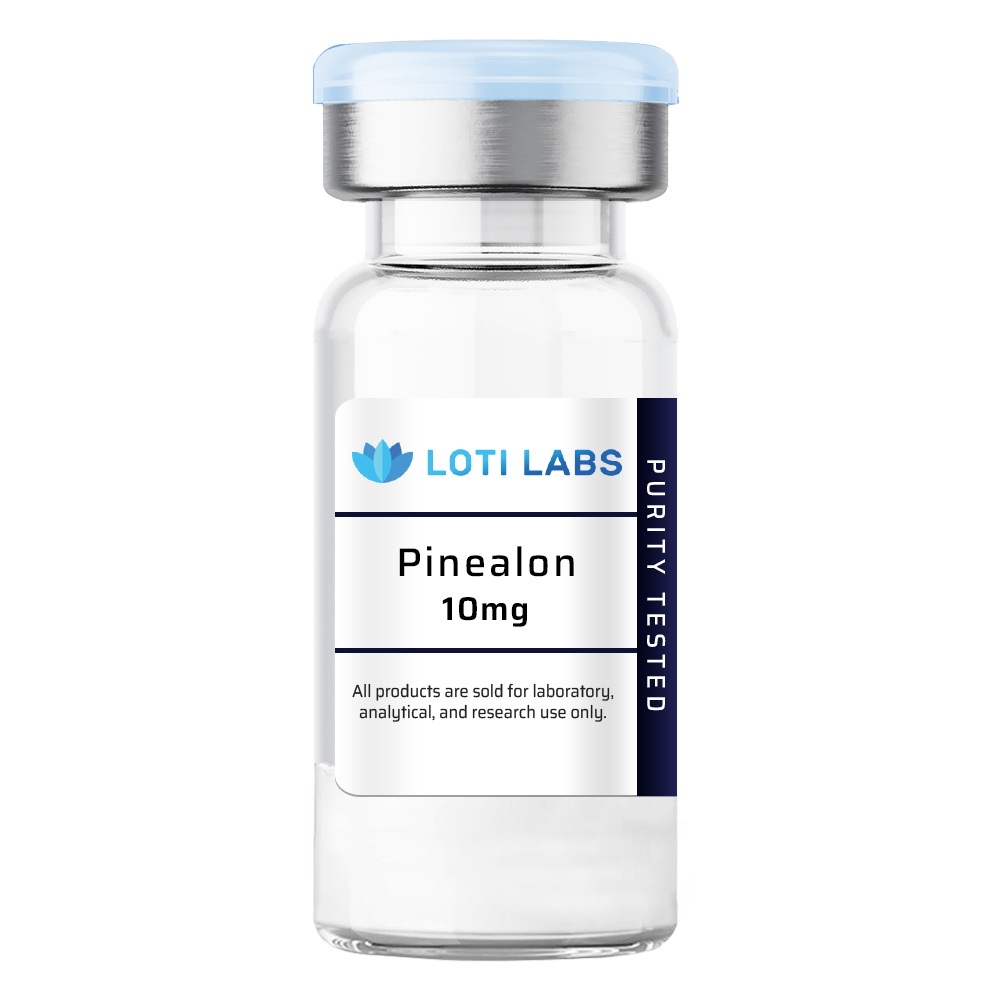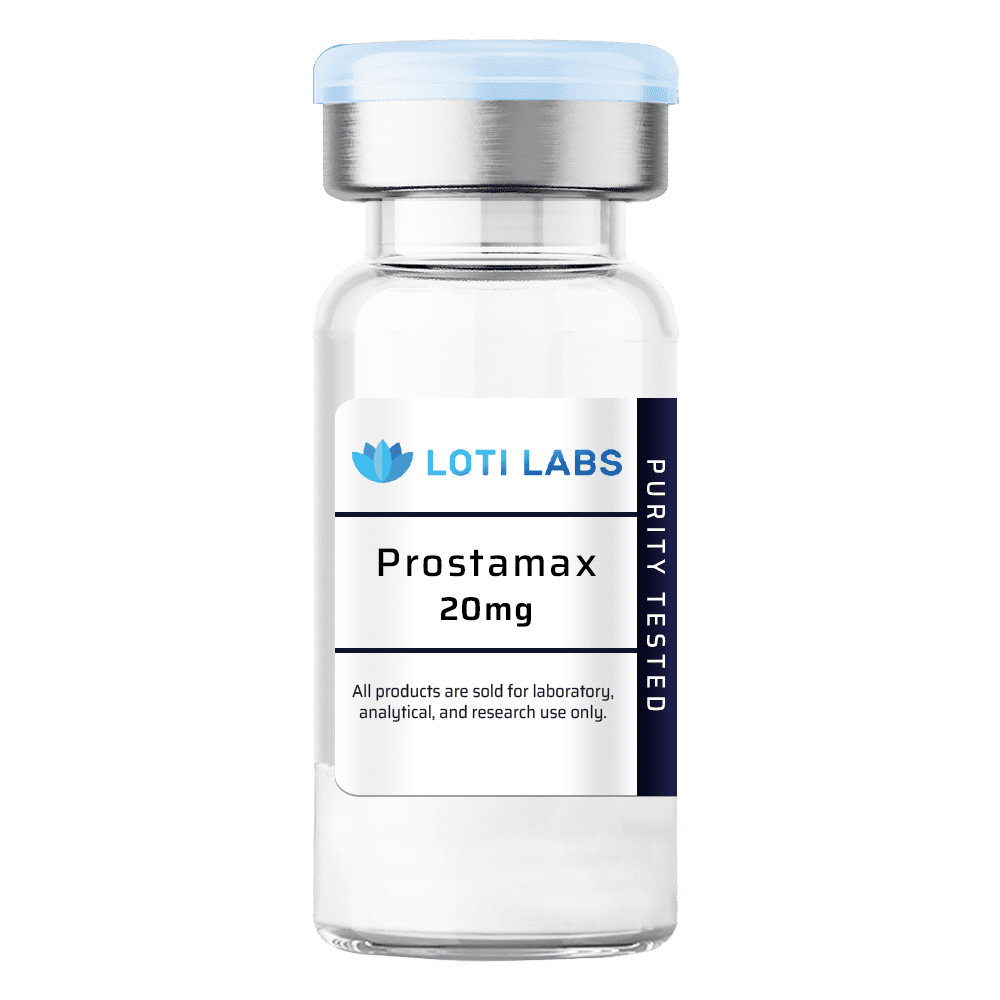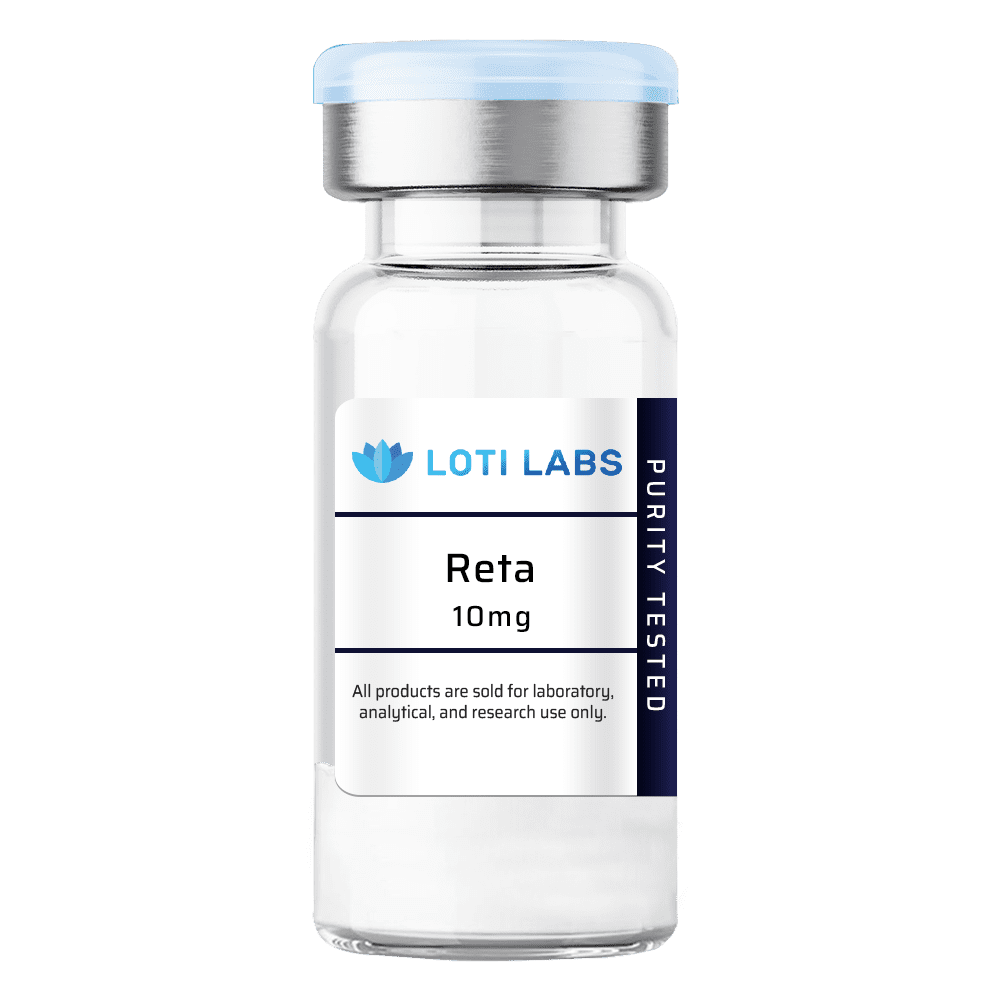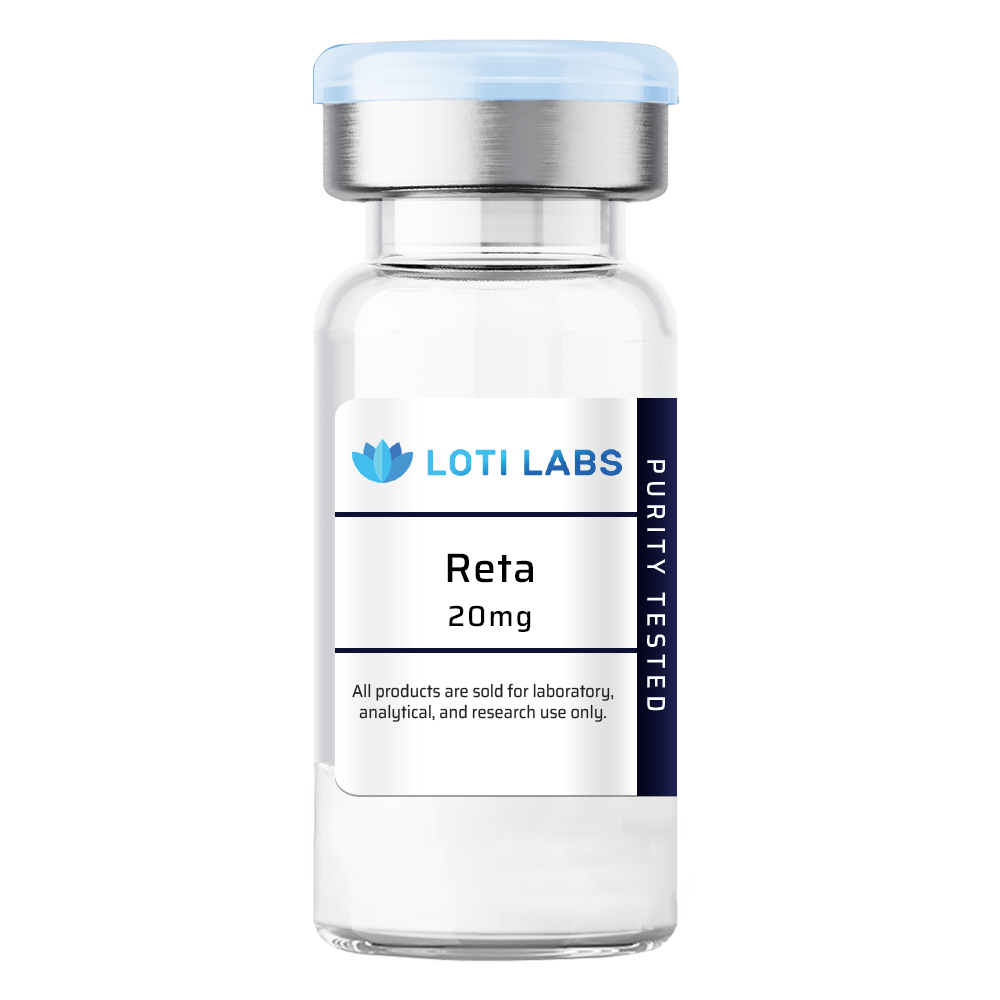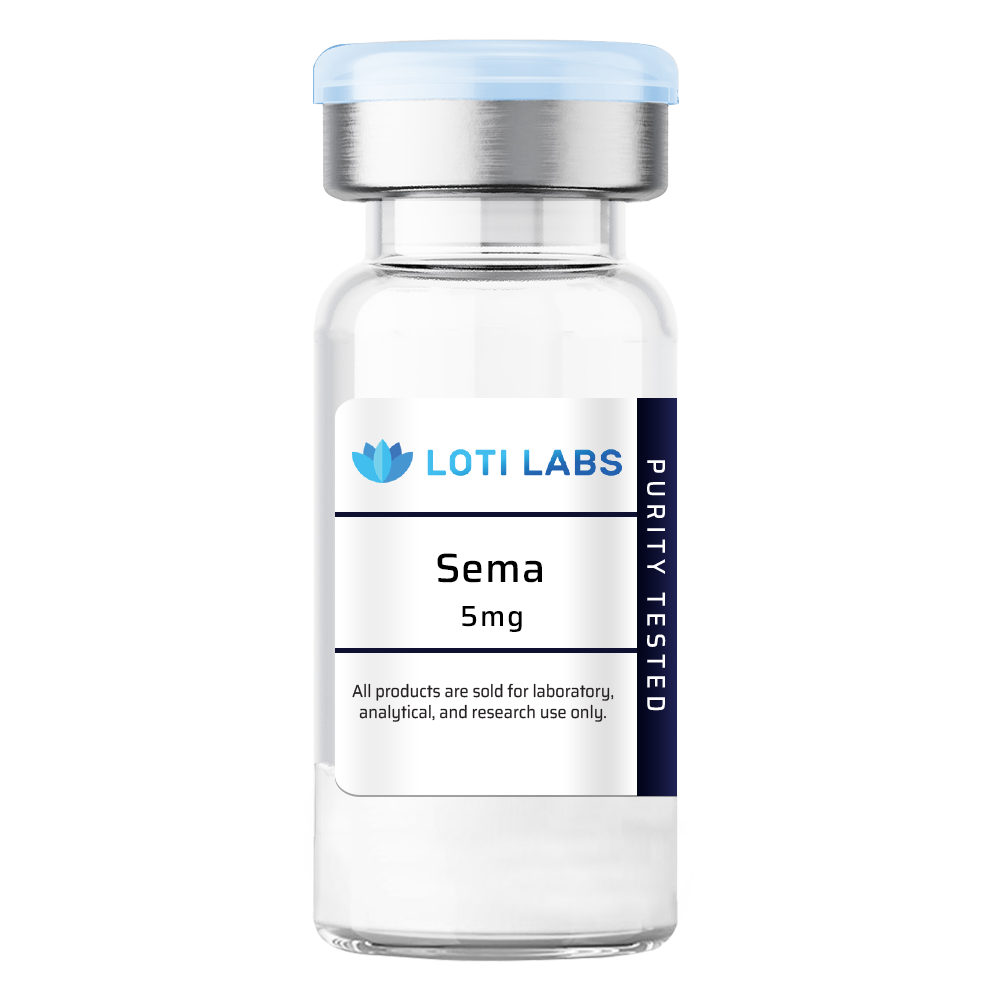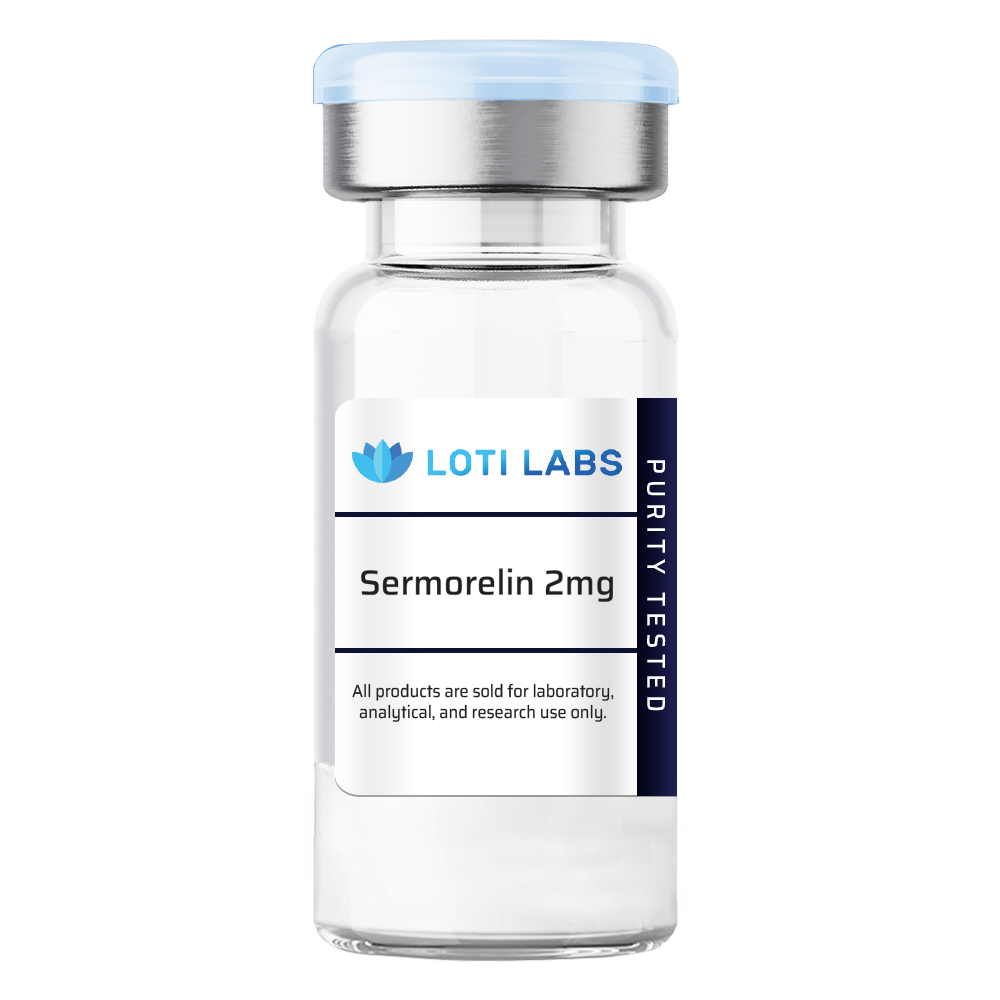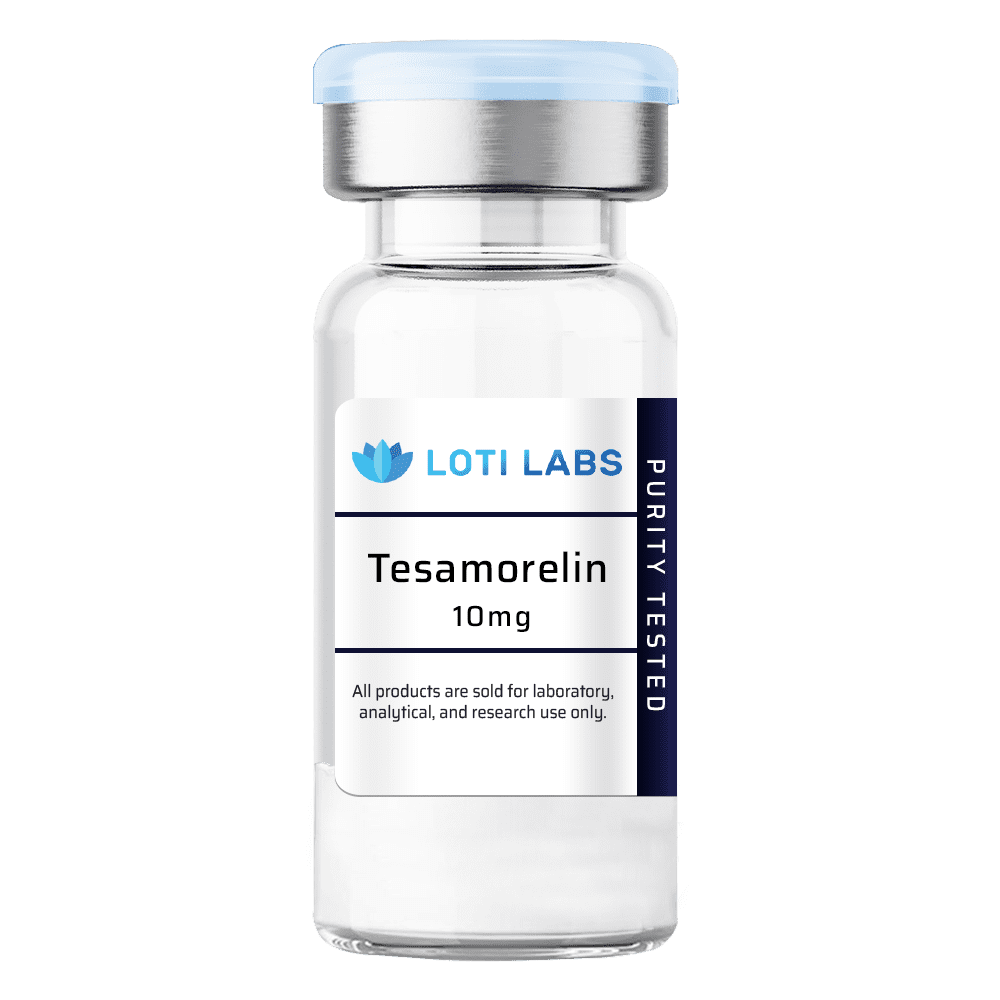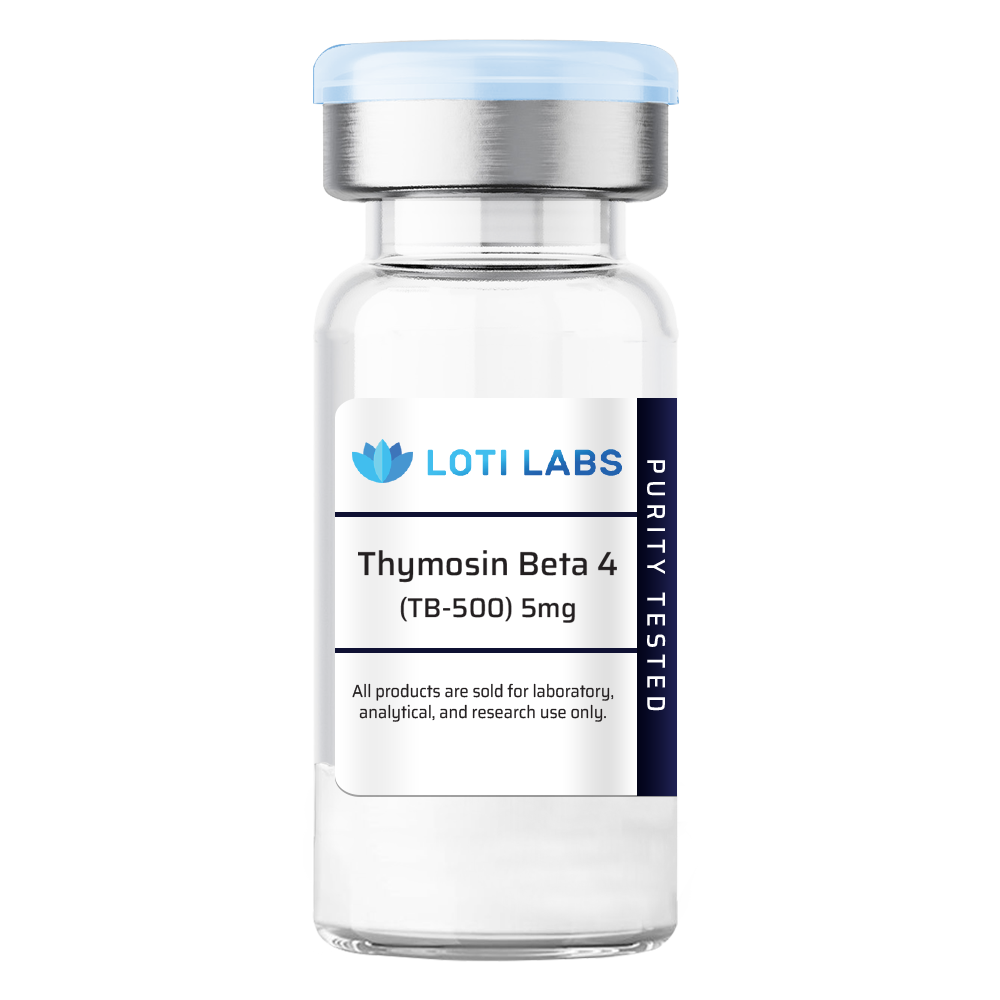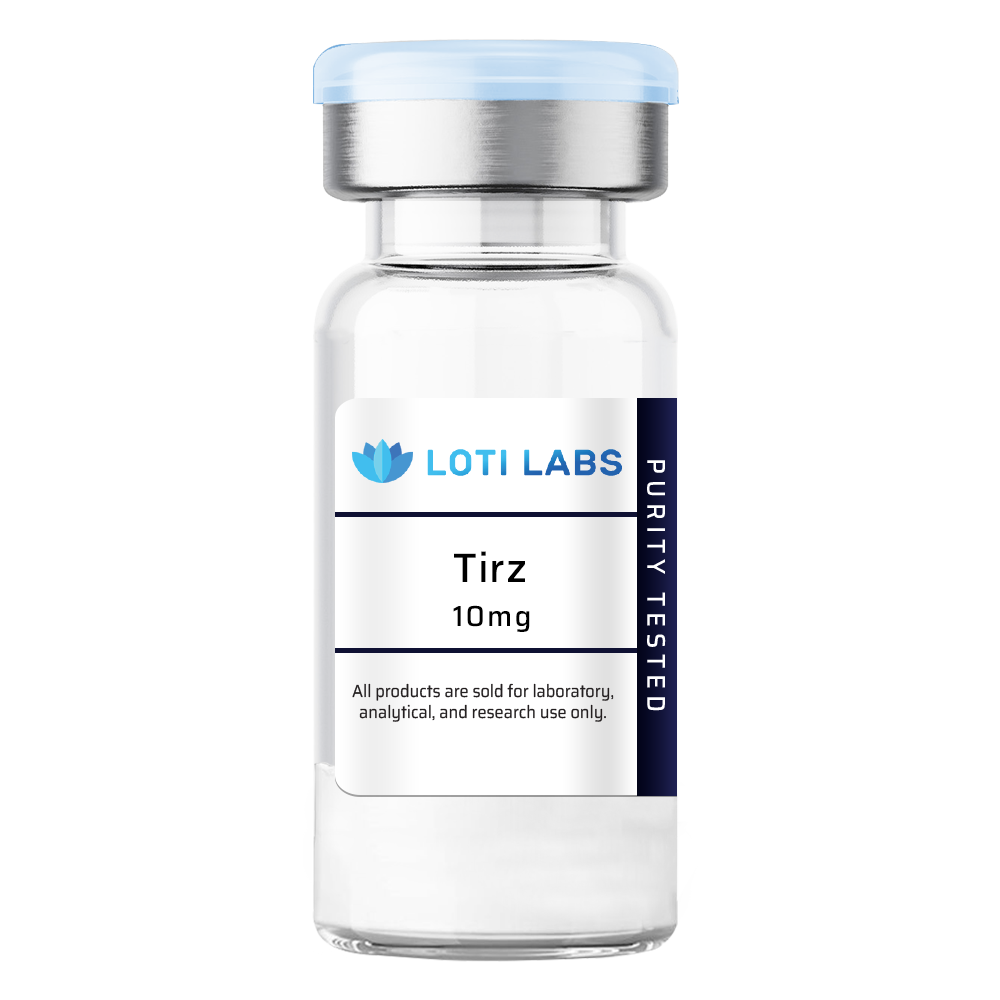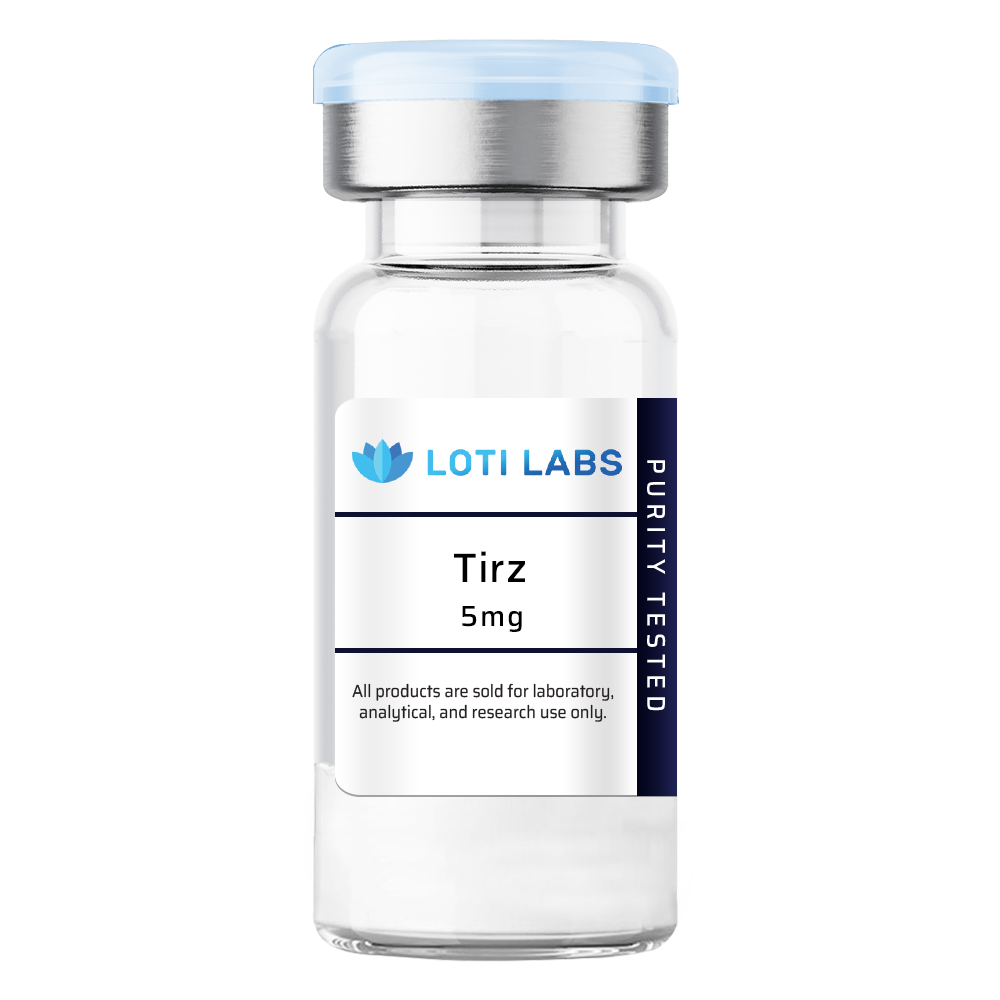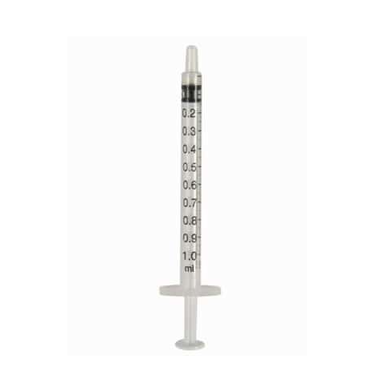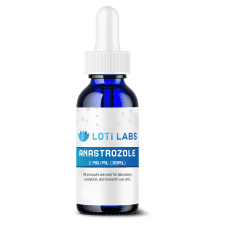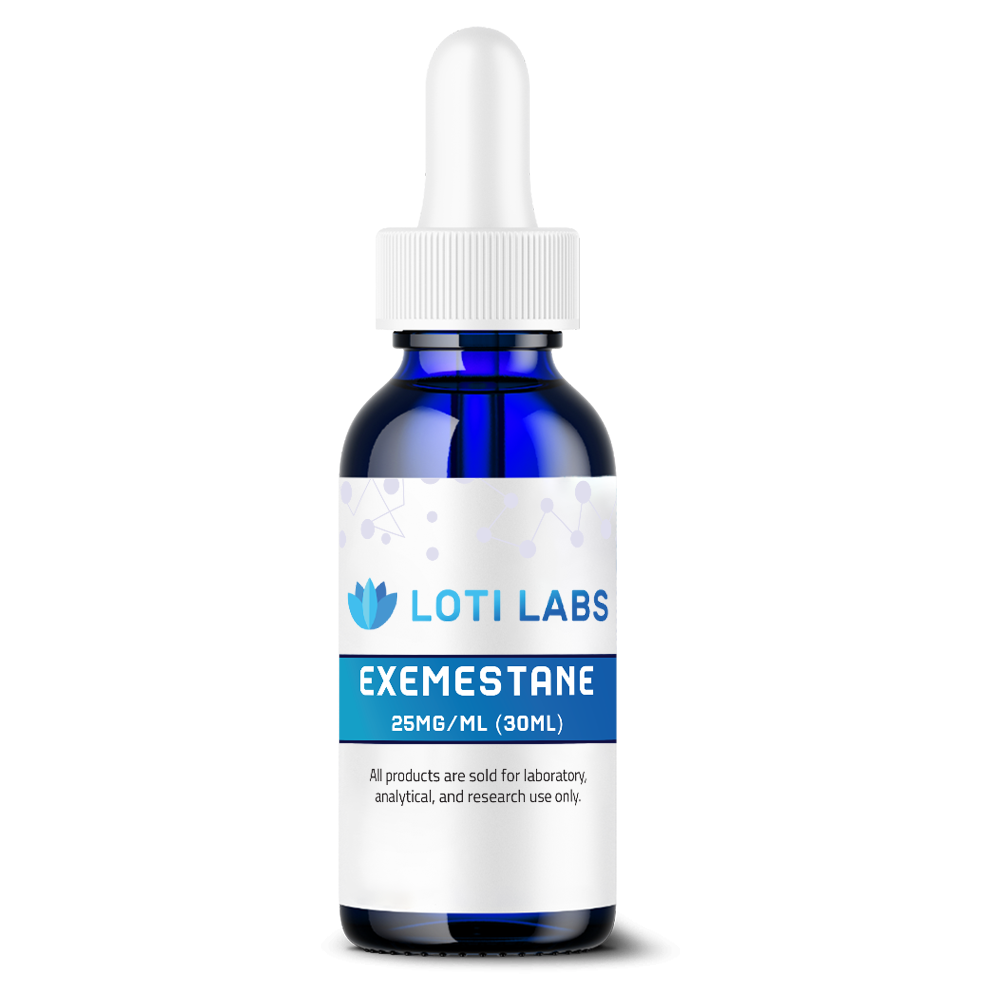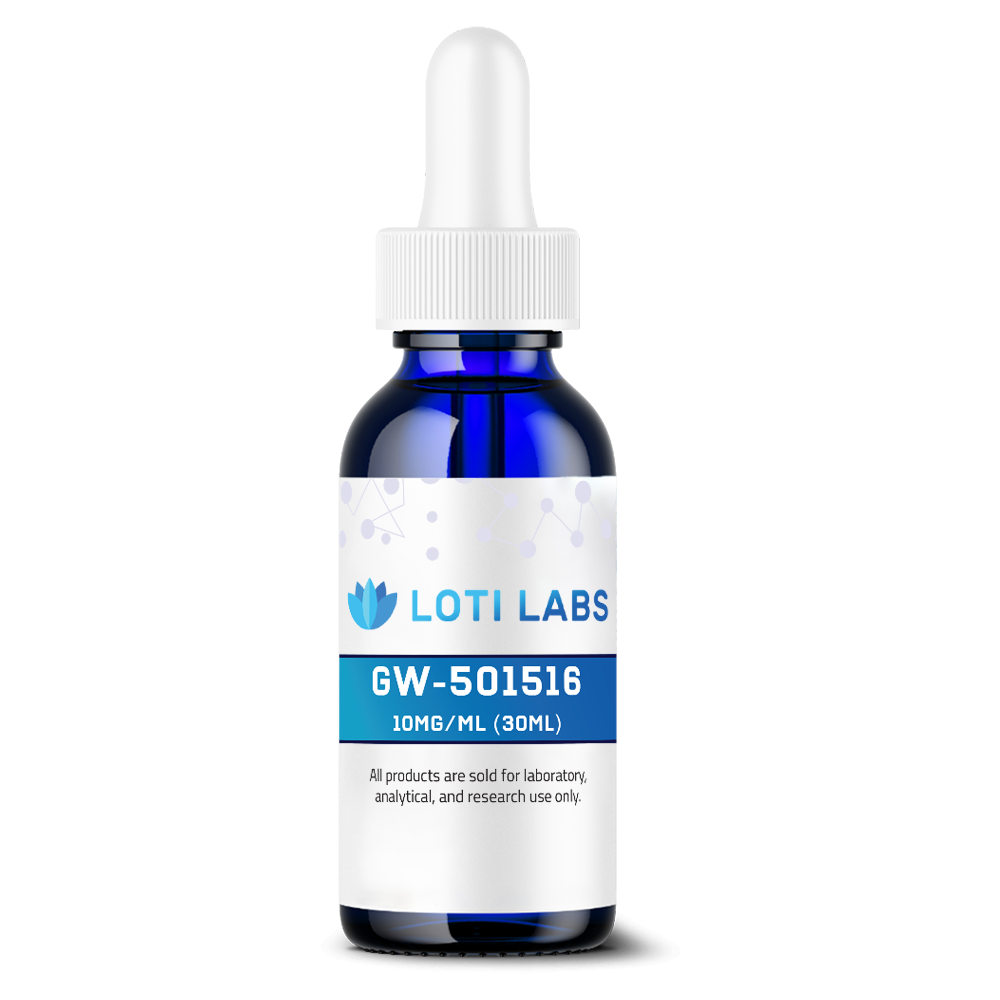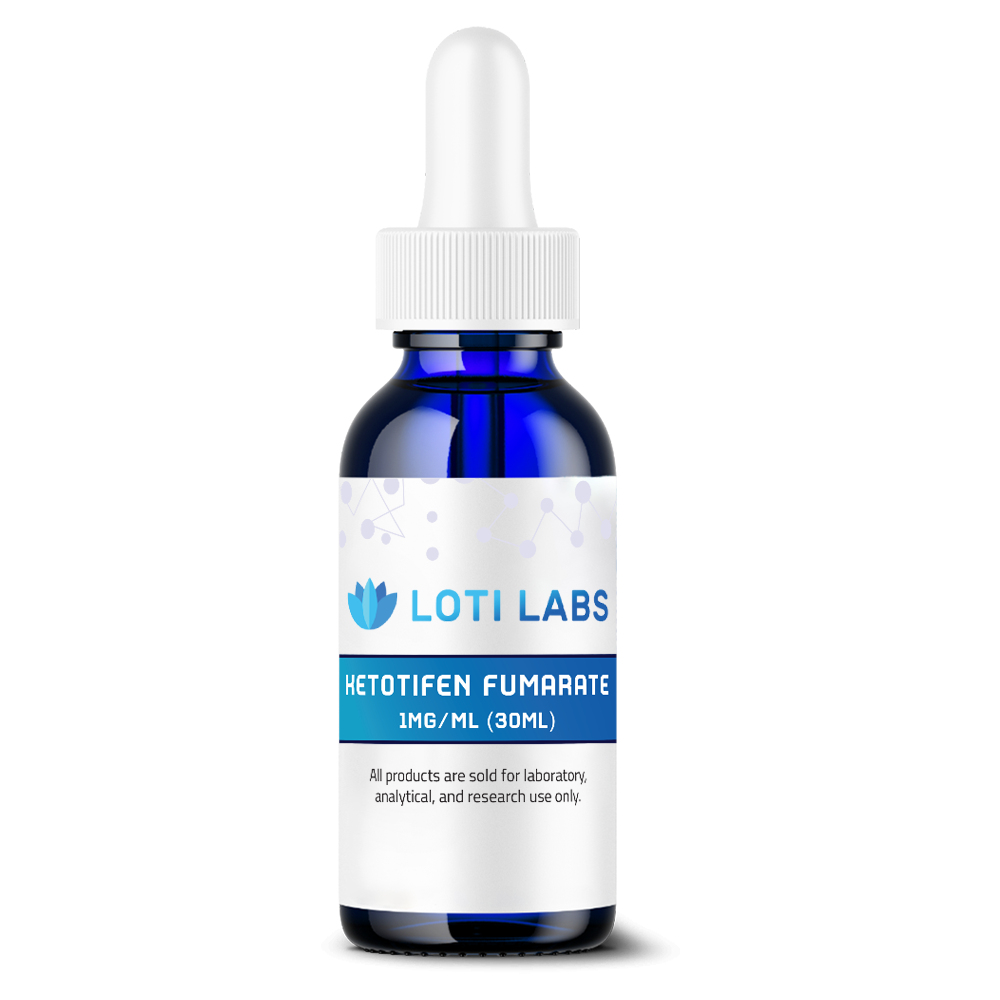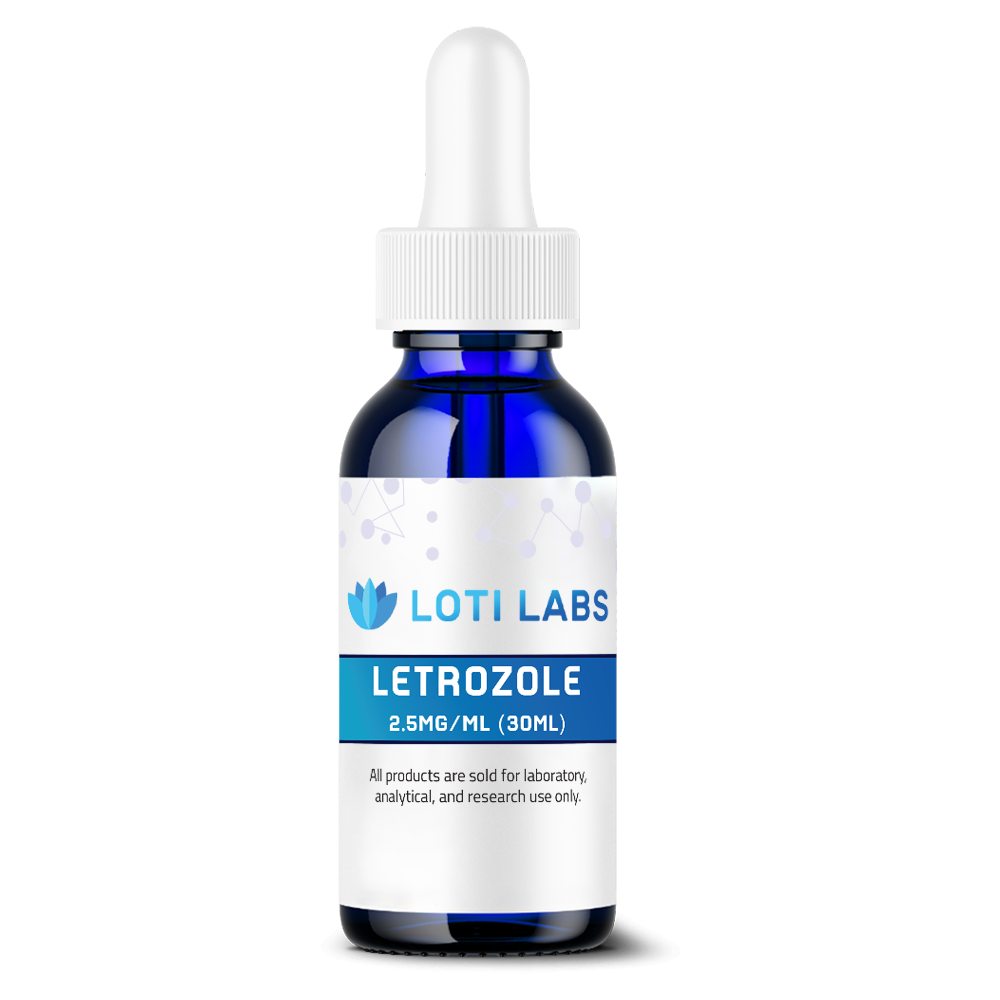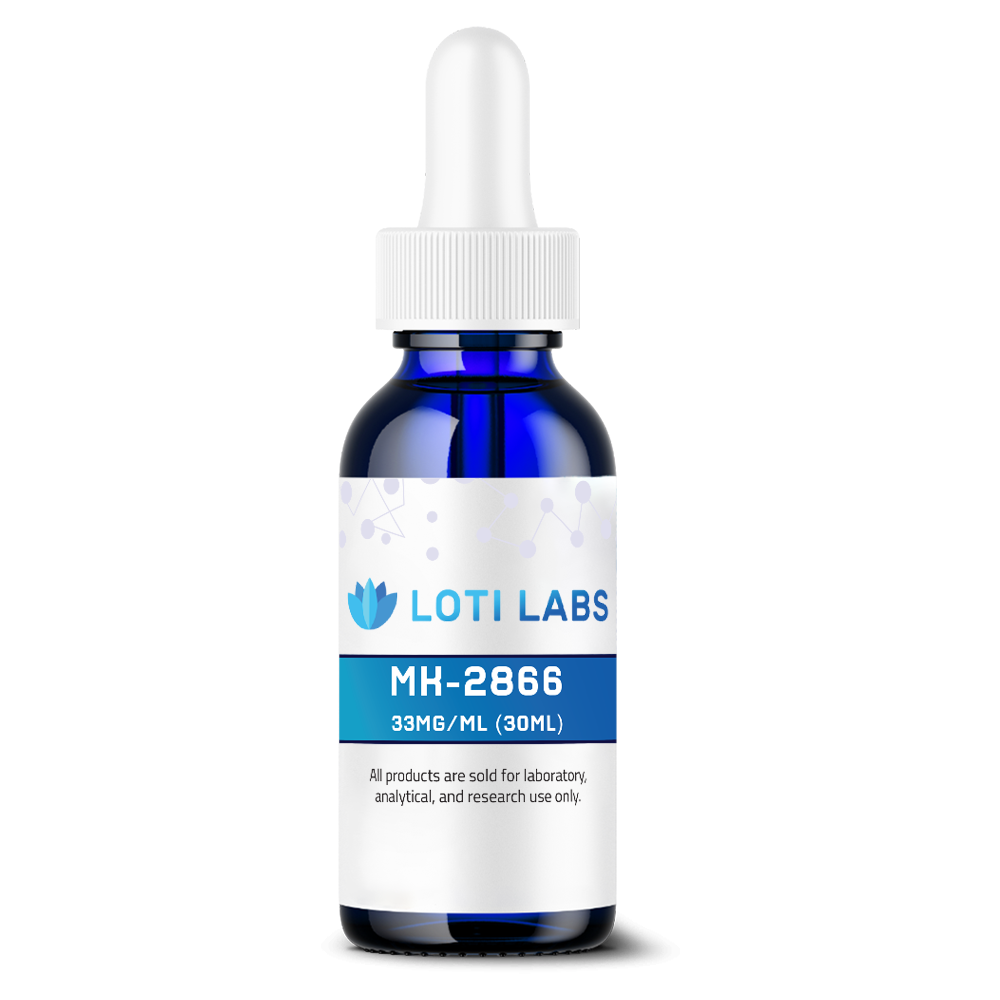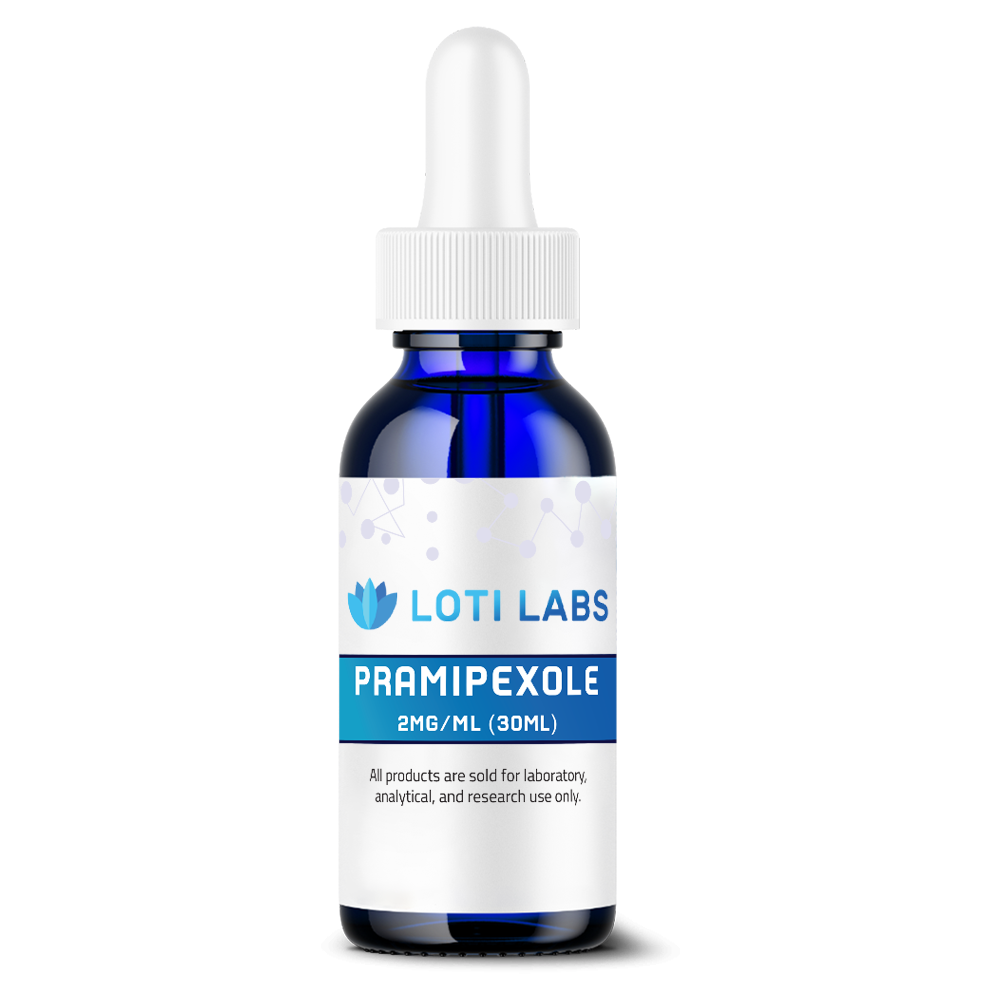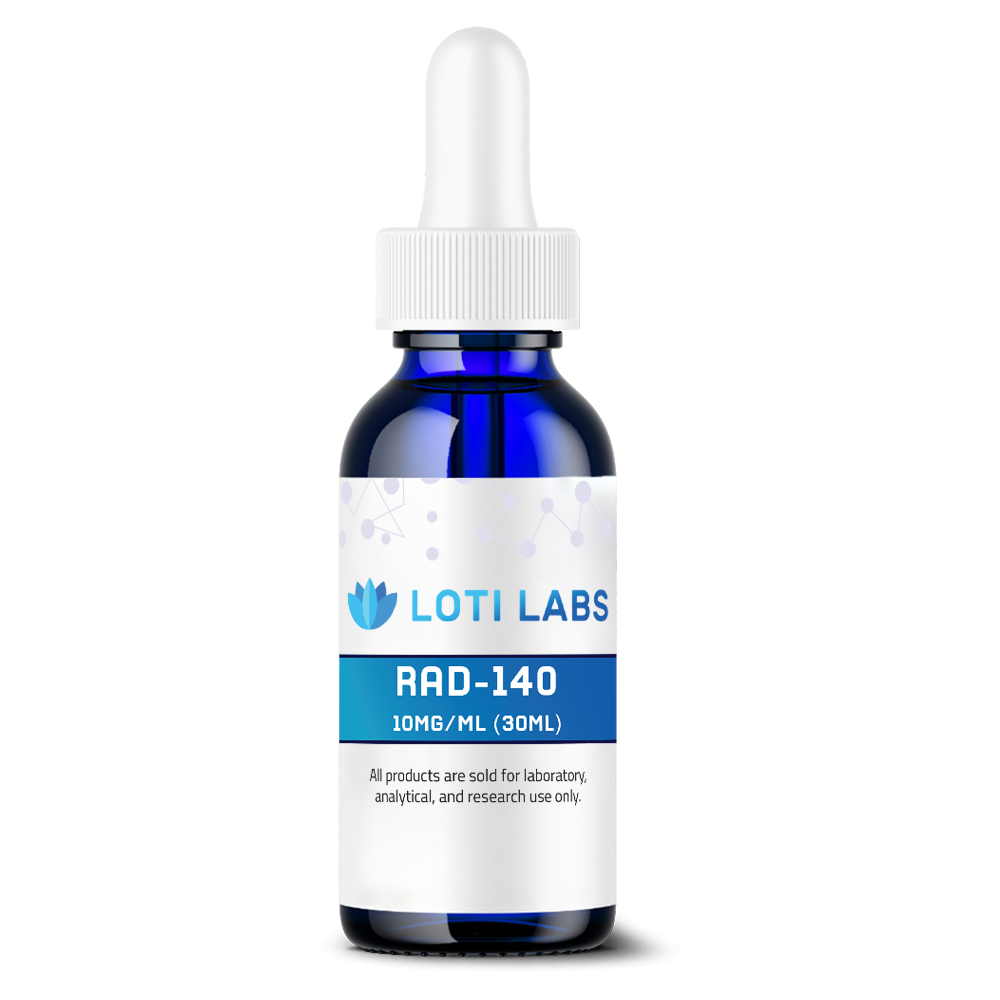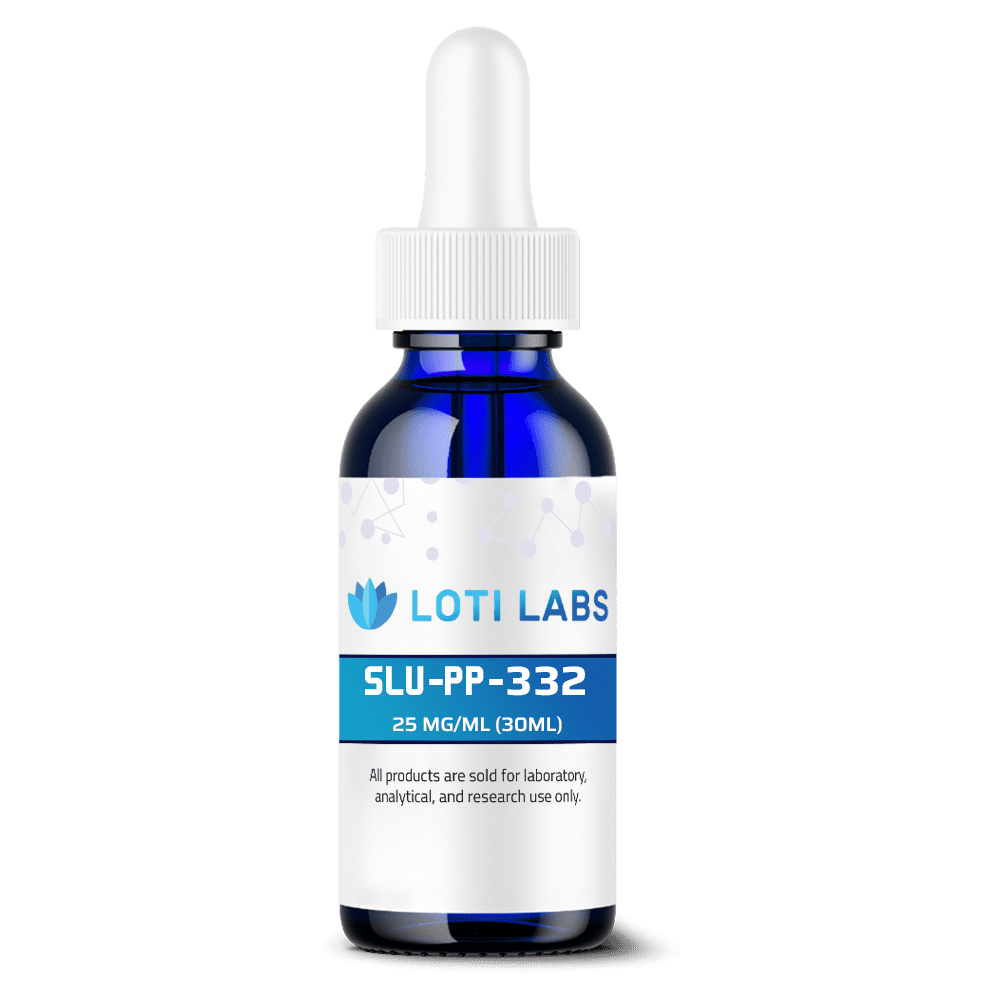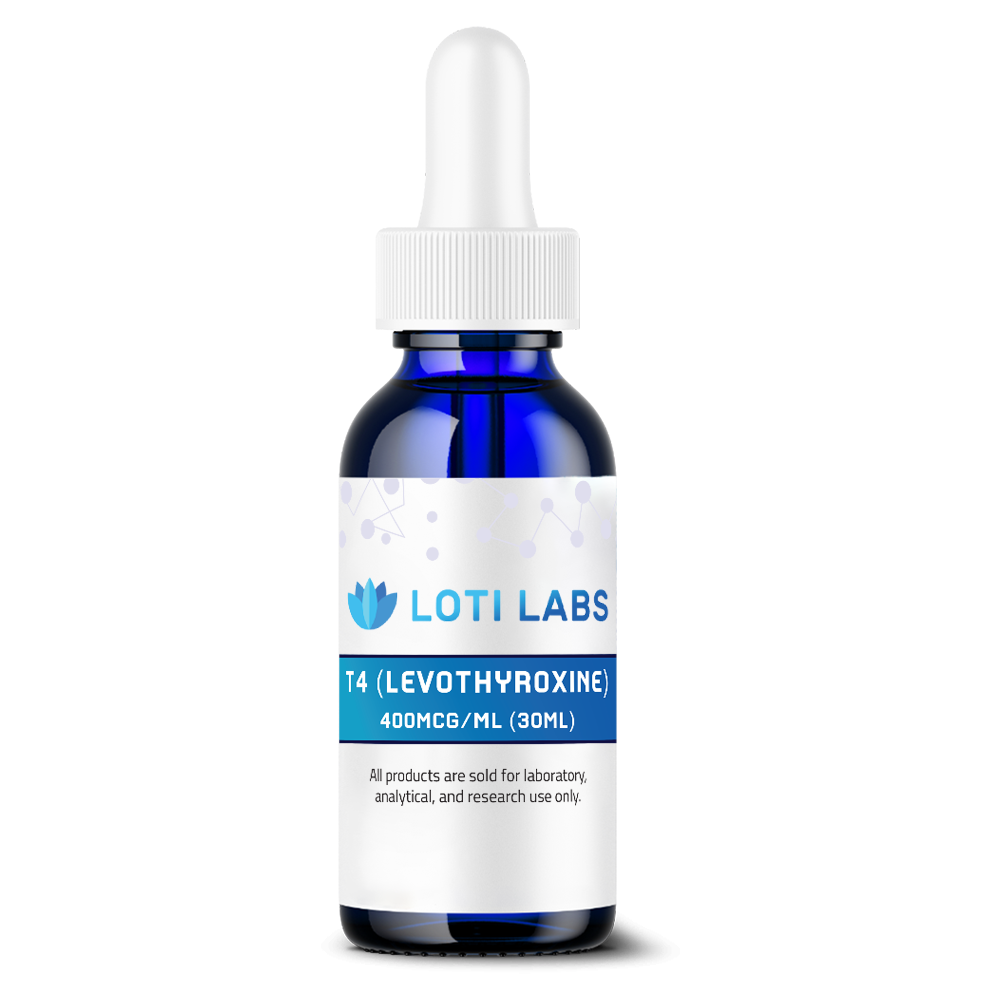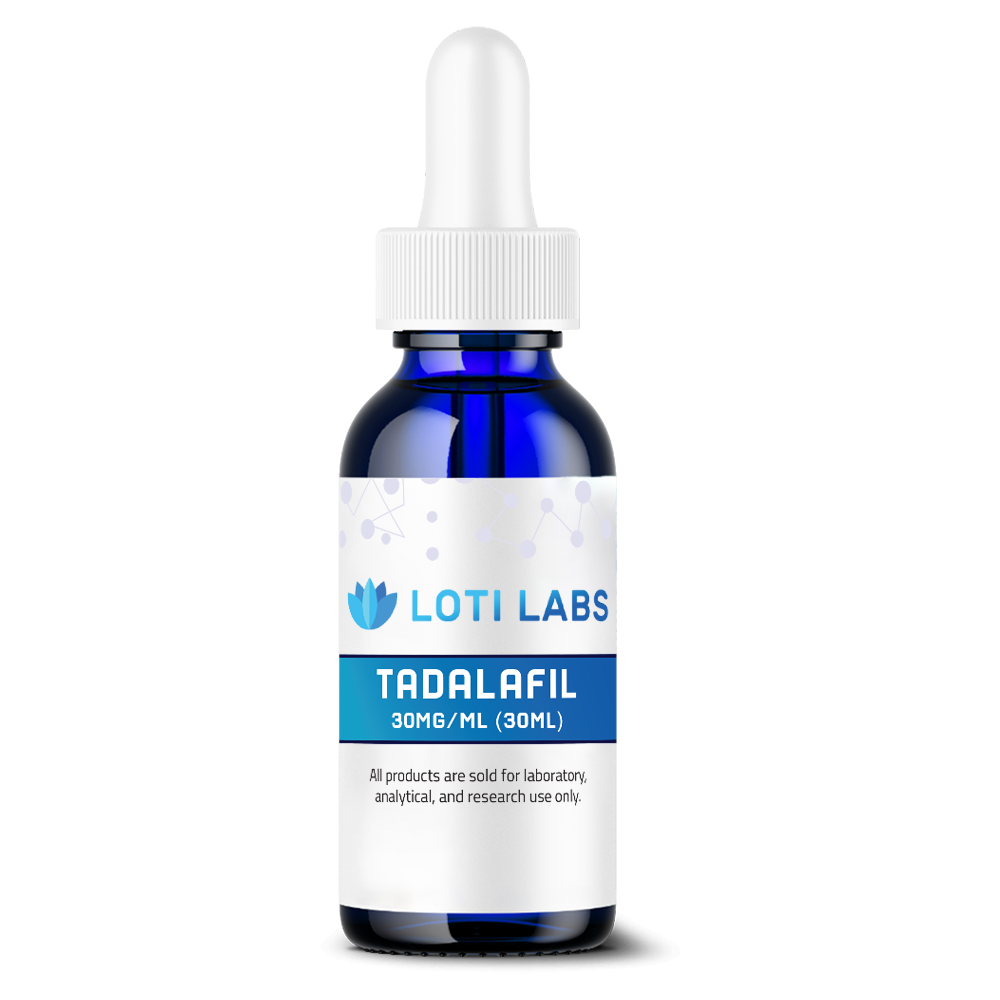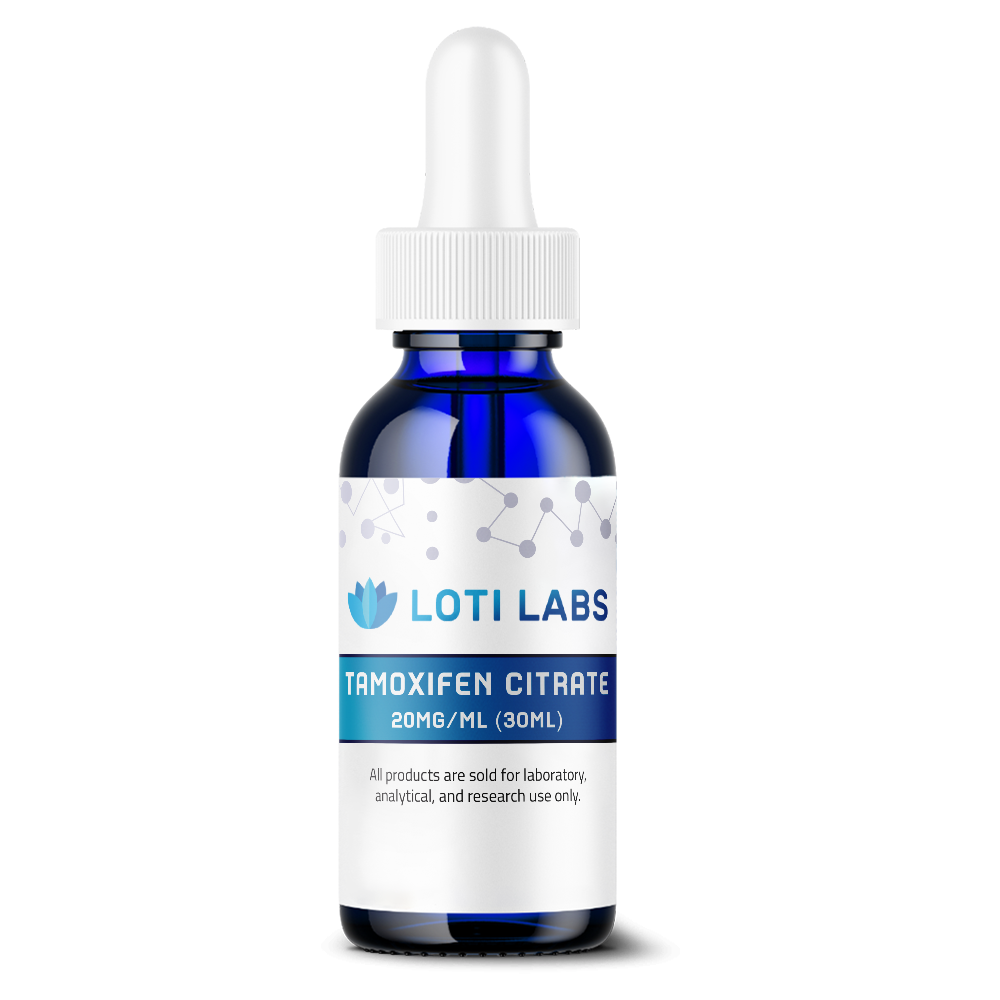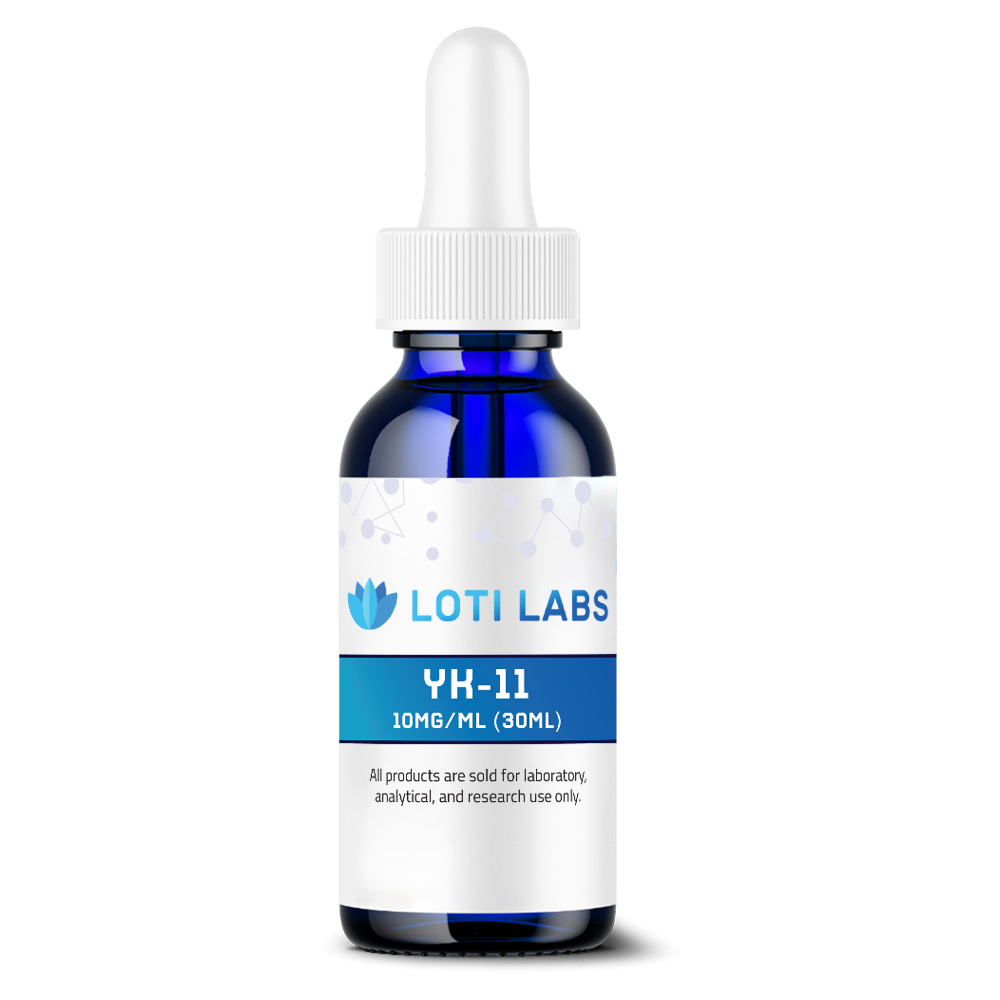LGD-4033 Capsules (10mg/capsule, 30 capsules)
$49.99
You save
Capsules are for laboratory, research, analytical, and measurement purposes only. Capsules offer a protective barrier between sensitive chemical compounds and environmental elements, such as moisture. Not for human consumption or veterinary use.
In stock

Buy LGD 4033 Capsules: Research-Grade Selective Androgen Receptor Modulators
In the field of selective androgen receptor modulator research, LGD 4033 is a compound of interest for lab research into muscle wasting conditions and bone health. Research shows this non-steroidal compound has unique molecular properties that make it useful for studying tissue-selective androgen receptor activation. When researchers need to buy lgd 4033 capsules for their studies, understanding the compound’s characteristics, storage requirements and quality standards is key to research integrity.
Molecular Structure of LGD 4033
LGD 4033, also known as 4-((R)-2-((R)-2,2,2-trifluoro-1-hydroxyethyl)pyrrolidin-1-yl)-2-(trifluoromethyl)benzonitrile, has a complex molecular structure that distinguishes it from anabolic steroids. The compound has the following properties:
| Property | Value |
|---|---|
| Chemical Name | 4-((R)-2-((R)-2,2,2-trifluoro-1-hydroxyethyl)pyrrolidin-1-yl)-2-(trifluoromethyl)benzonitrile |
| Molecular Formula | C14H12F6N2O |
| Molecular Weight | 338.25 g/mol |
| PubChem CID | 44137686 |
| CAS Number | 1165910-22-4 |
The multiple trifluoromethyl groups contribute to the compound’s stability and receptor binding specificity. Unlike testosterone and anabolic steroids, the nitrile group and fluorine atoms give the compound a unique structure that allows for tissue selectivity in research applications.
Mechanism of Action
LGD 4033, also known as Ligandrol, is a selective androgen receptor modulator that binds selectively to androgen receptors in muscle and bone tissue. This selectivity allows for research into muscle wasting conditions and osteoporosis without affecting other organs. Unlike anabolic agents, LGD 4033 has selective tissue activation properties of interest in research.The compound works by high affinity binding to androgen receptors in muscle and bone tissue. Research shows this selectivity promotes protein synthesis pathways and cellular processes for lean muscle mass and bone density. Note the compound does not aromatize into estrogen so certain androgenic side effects associated with steroid compounds are eliminated.
Lab studies show LGD 4033’s selectivity comes from its unique molecular structure that favors receptor conformations in target tissues and minimizes activation in prostate and other organs. This selectivity makes it useful for research into muscle development and bone health without the broad systemic effects of testosterone and anabolic steroids.
Research Studies
Phase I clinical trials for LGD 4033 were completed in 2013 for muscle mass and bone density. These studies looked into the compound’s potential for muscle wasting diseases and age related bone loss. Early research shows potential for lean body mass gain over 21 days and possible bone mineral density markers. Minimal effect on prostate tissue compared to testosterone, long term effects and safety profiles need further clinical investigation.
Clinical trials showed subjects had measurable muscle gain while prostate specific antigen levels remained relatively stable. Researchers also saw bone health markers and muscle tissue development without significant liver function impact. The compound showed promise for muscle loss conditions and recovery in controlled research environment.
Research shows LGD 4033’s muscle growth occurs through increased protein synthesis and nitrogen retention in muscle tissue. Lab studies show the compound can support muscle gain even in calorie deficit, making it useful for body composition changes. Female subjects in research showed similar muscle development with minimal androgenic side effects compared to traditional compounds.
Animal studies and in vitro research confirm the compound builds muscle mass and increases muscle mass while supporting bone health. Research shows the compound is potent for strength gain and athletic performance markers in lab models. However, cycles need to be monitored due to effect on endogenous testosterone production.
Storage and Safety
LGD 4033 capsules should be stored in their original packaging at room temperature (15-25°C). Keep away from direct sunlight, moisture and extreme temperatures to maintain compound stability. When stored properly in a cool dry place the product is viable for 2-3 years from manufacture date. Handle with appropriate laboratory safety equipment and protocols and dispose of expired or unused compounds according to hazardous waste guidelines.
Proper storage ensures the compound remains potent and doesn’t degrade and affect research outcomes. Laboratory personnel should store capsules in their original air tight packaging to prevent moisture absorption and contamination. The stable molecular structure of LGD 4033 allows for extended storage when environmental conditions are controlled.
Safety protocols for handling research compounds include wearing appropriate personal protective equipment and ensuring proper ventilation in laboratory environment. Researchers should keep records of compound storage conditions and monitor for any signs of degradation or contamination that can compromise research integrity.
Why Buy from Loti Labs
Loti Labs provides verified research grade LGD 4033 with certificates of analysis confirming 99%+ purity and accurate concentration. Our products come in precisely measured capsules in 10mg strength, convenient for research applications that require exact measurements. All products have packaging to maintain compound stability and prevent degradation.
The quality verification process ensures researchers receive compounds that meet research grade standards for their research into muscle development, bone health and related physiological processes. Each batch is tested comprehensively to confirm molecular identity and eliminate any concerns about contamination or dose accuracy that can compromise research findings.
Research institutions and laboratories benefit from standardized capsule formulations that eliminates the need for complex preparation procedures. The range of concentrations allows researchers to design studies with dose escalation protocols and maintain consistency across research cycles.
Third Party Testing of Every Batch
Every batch of products sold by Loti Labs is tested by third party using HPLC and mass spectrometry to ensure product purity and accuracy. Our quality verification confirms products meet research grade standards of 99%+ purity. Additional testing screens for heavy metals contamination and ensures products are free from harmful bacteria and fungi.
The testing protocol includes verification of molecular structure, confirmation of stated concentration and screening for potential contaminants that can affect research outcomes. Mass spectrometry analysis provides definitive molecular identification, while HPLC testing quantifies purity levels and identifies any degradation products.Researchers rely on consistent compound quality to get reproducible results and maintain research integrity. The third party verification process eliminates batch to batch variability and ensures research results reflect the compound’s true effects rather than product quality variability.
Products from Loti Labs are for Research Use Only
All products sold by Loti Labs are research chemical only. This designation allows use of this compound for in-vitro laboratory testing and experimentation only. Human consumption is strictly forbidden. This product is not a supplement and may not be misbranded, mislabeled or misused as such.
The research use only classification ensures compliance with regulatory guidelines and supports legitimate scientific research. Researchers must keep proper records and follow institutional protocols for handling investigational compounds. The compound is an investigational substance and requires research oversight and safety protocols.
Laboratory applications include studying muscle tissue development, bone density enhancement pathways and selective androgen receptor activation in controlled experimental conditions. Research purposes include understanding how selective androgen receptor modulators differ from traditional anabolic steroids in their tissue specific effects.
Shipping Policy of Loti Labs
Loti Labs ships same day for orders placed before 1pm EST Monday through Friday. Orders placed after 1pm EST or on weekends will be shipped the next business day. All orders include safe packaging and typically arrive within 2-7 days of shipping.
The shipping process ensures researchers get their compounds quickly to meet research timelines and experimental schedules. Discreet packaging protects compound integrity during transit while maintaining professional standards for laboratory supply delivery.
Satisfaction Guarantee
Loti Labs offers 30 day customer satisfaction guarantee on all products purchased from us. Simply return any unopened products to us for full refund of the purchase price of the unused products. This policy reflects our commitment to providing high quality research compounds that meet laboratory standards.
The satisfaction guarantee shows we have confidence in our products and ensures researchers can trust their compound purchases. This policy supports the research community by reducing risk associated with purchasing investigational compounds for laboratory use.
Buy lgd 4033 capsules for research
When you need to buy lgd 4033 capsules for selective androgen receptor modulation, choosing a verified supplier is crucial for research integrity. LGD 4033’s unique molecular structure and selectivity makes it useful for studying muscle and bone physiology in controlled laboratory environment. The compound’s documented effects on lean muscle mass, bone density and tissue selective androgen receptor activation provides many research opportunities for muscle development and bone health.Third party testing, proper storage protocols and research use only compliance ensures laboratory research produces reliable and reproducible results. As research into selective androgen receptor modulators continues to advance, compounds like ligandrol lgd 4033 offer unprecedented tissue selectivity for studying physiological processes.
For researchers looking for research grade LGD 4033 capsules, Loti Labs provides quality verification, precise concentrations and regulatory compliance for professional laboratory research. Visit our website to see our full range of research compounds and see why quality is our number one priority in supporting the research community.
References
- Basaria, S., Collins, L., Dillon, E. L., Orwoll, E., Storer, T. W., Miciek, R., … & Bhasin, S. (2013). The safety, pharmacokinetics, and effects of LGD-4033, a novel nonsteroidal selective androgen receptor modulator, in healthy young men. The Journals of Gerontology: Series A, 68(1), 87-95.
- Dalton, J. T., Taylor, R. P., Mohler, M. L., & Steiner, M. S. (2011). Selective androgen receptor modulators for muscle wasting and osteoporosis. Current Opinion in Clinical Nutrition & Metabolic Care, 14(3), 233-239.
- Gao, W., Reiser, P. J., & Dalton, J. T. (2014). Selective androgen receptor modulators (SARMs): a novel class of androgen receptor ligands. Expert Opinion on Investigational Drugs, 23(7), 881-891.
- ClinicalTrials.gov. (2013). A Study to Evaluate the Safety, Tolerability, and Effects of LGD-4033 on Muscle Function and Bone Health. Retrieved from https://clinicaltrials.gov/ct2/show/NCT01263850
- Loti Labs. (2025). Product Information: LGD 4033 Capsules. Retrieved from [Loti Labs Website]
- Narayanan, R., Coss, C. C., & Dalton, J. T. (2018). Development of selective androgen receptor modulators (SARMs). Molecular and Cellular Endocrinology, 465, 134-142.8. FDA
| Weight | .06250 lbs |
|---|

